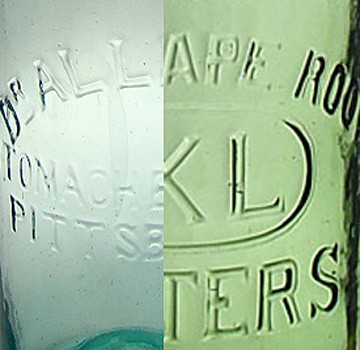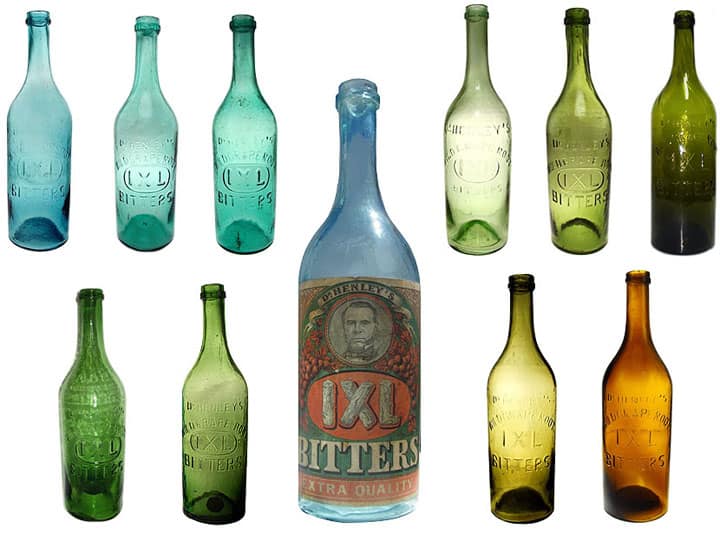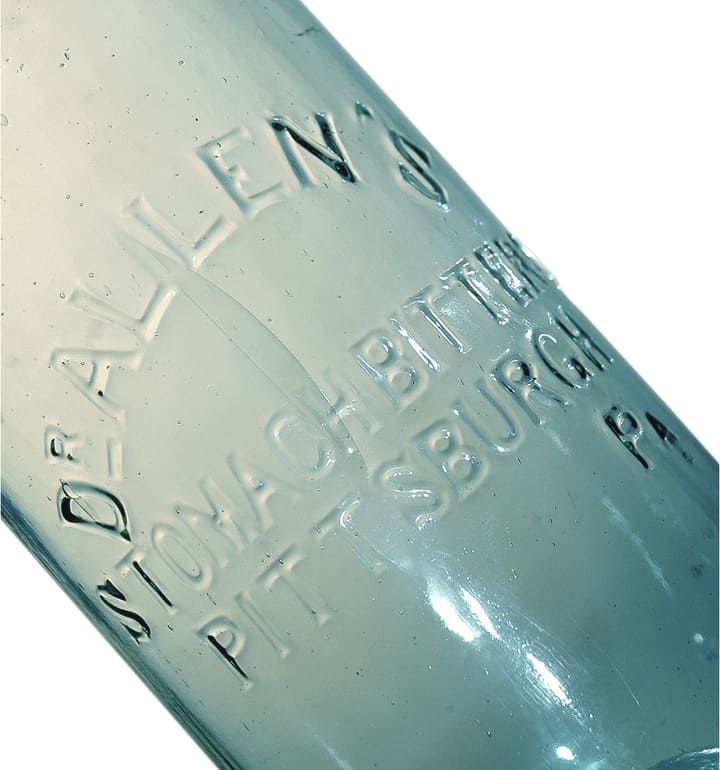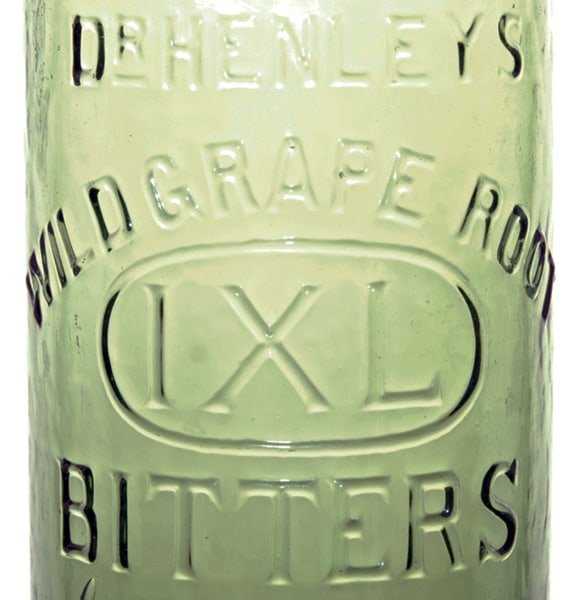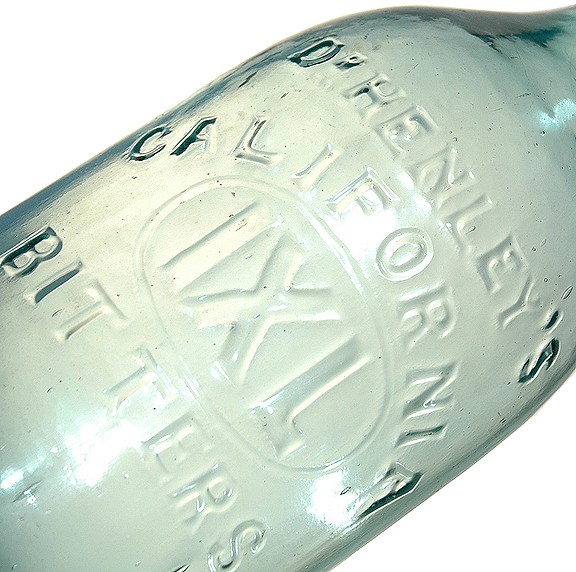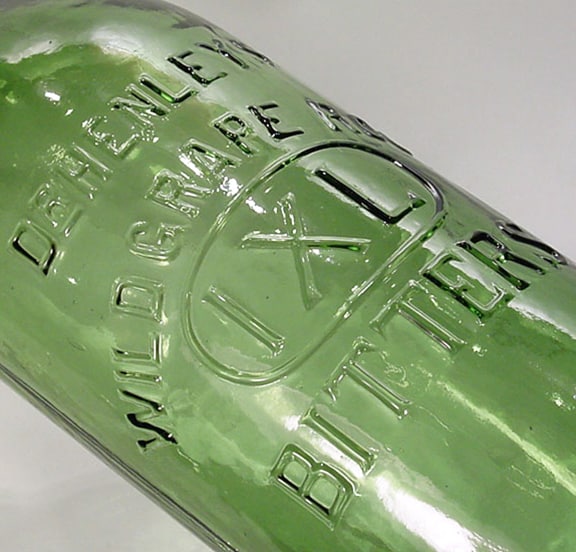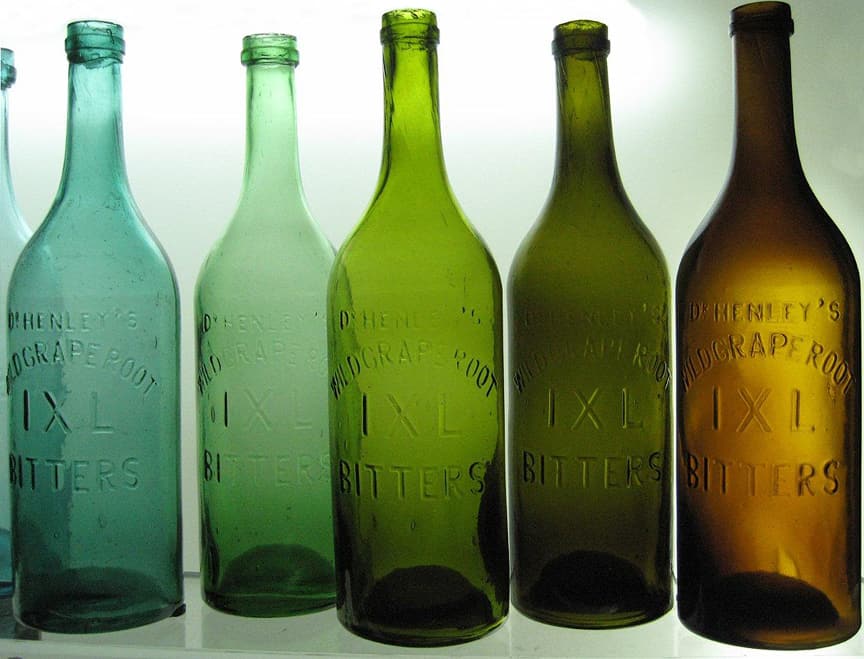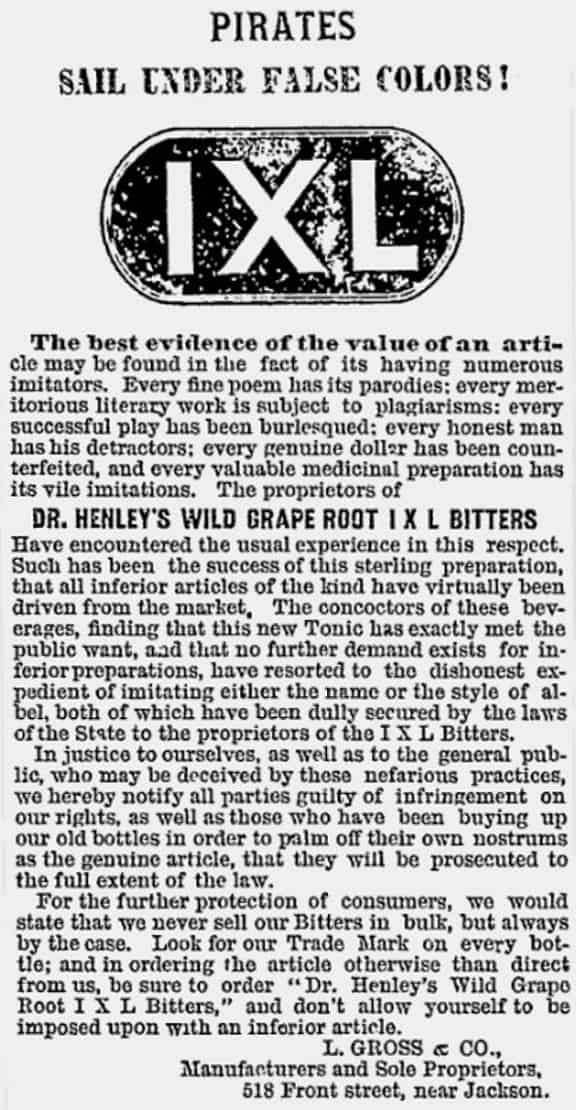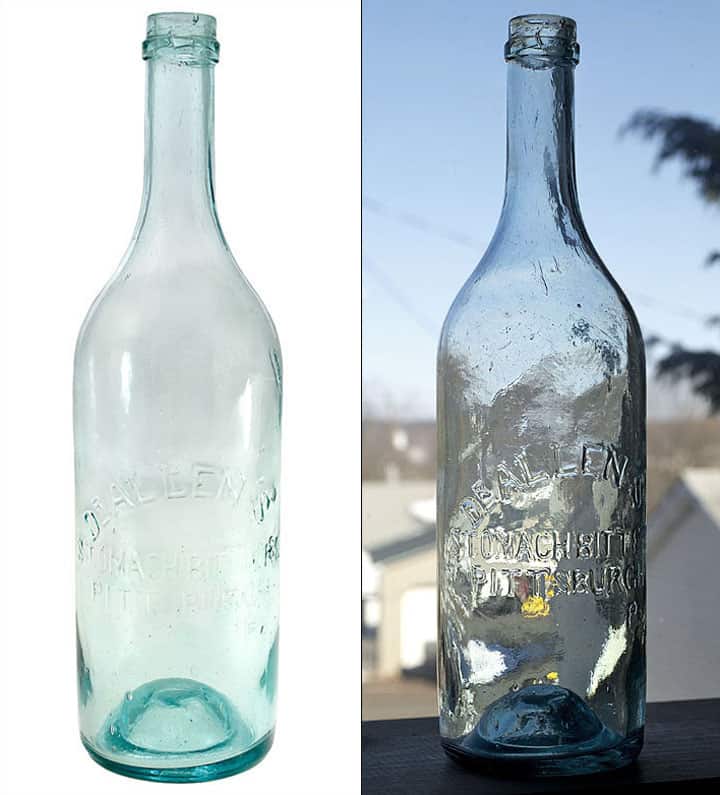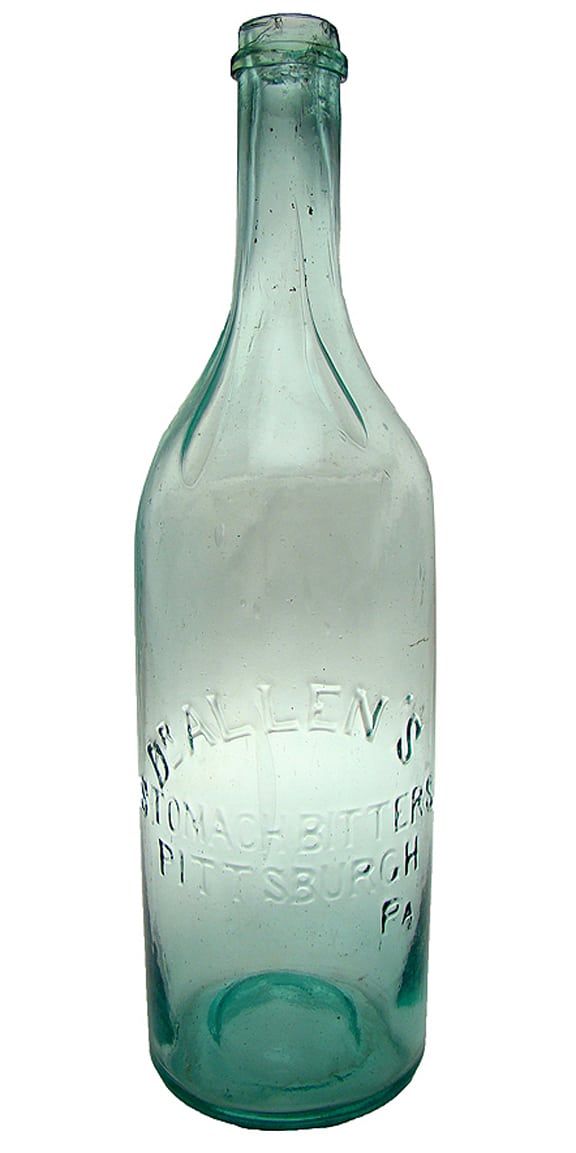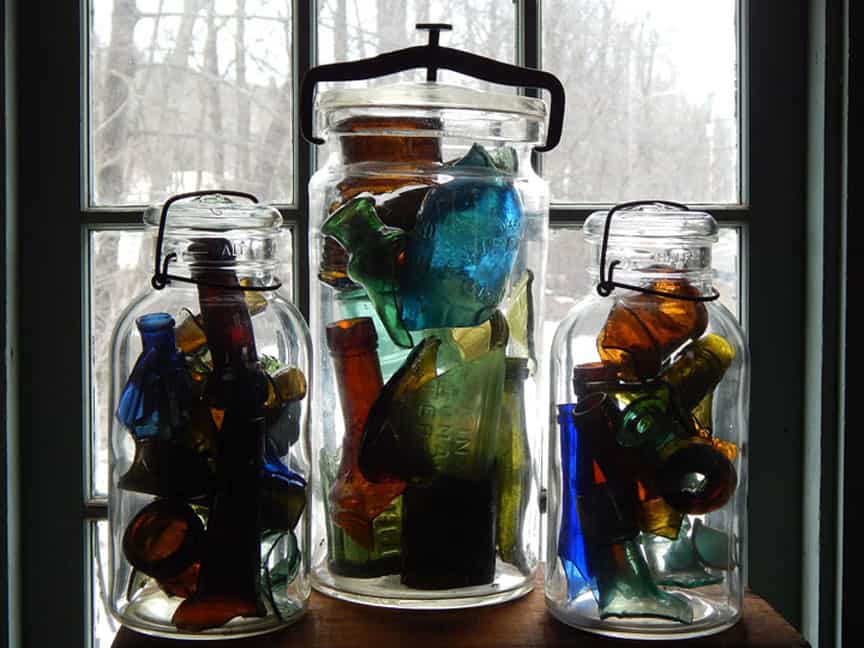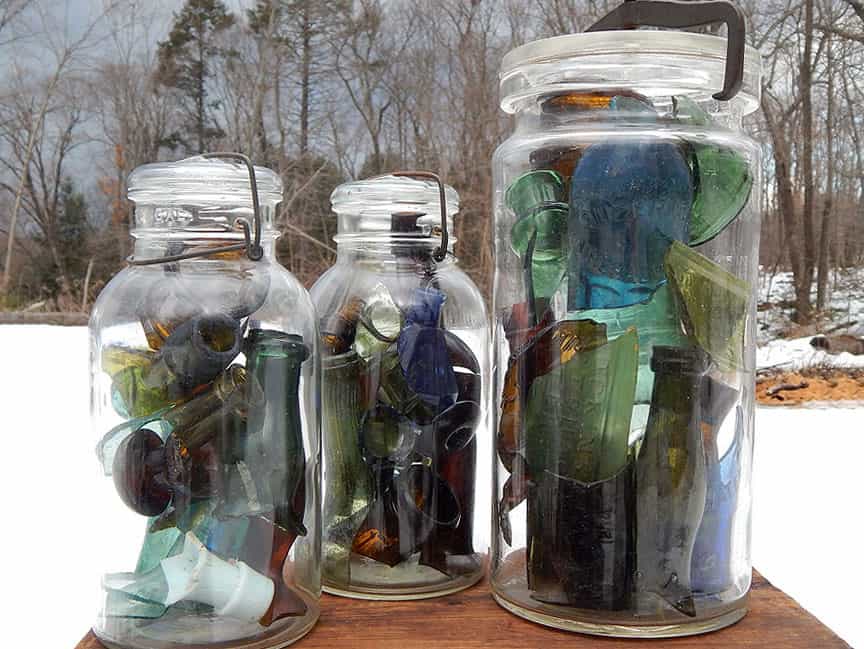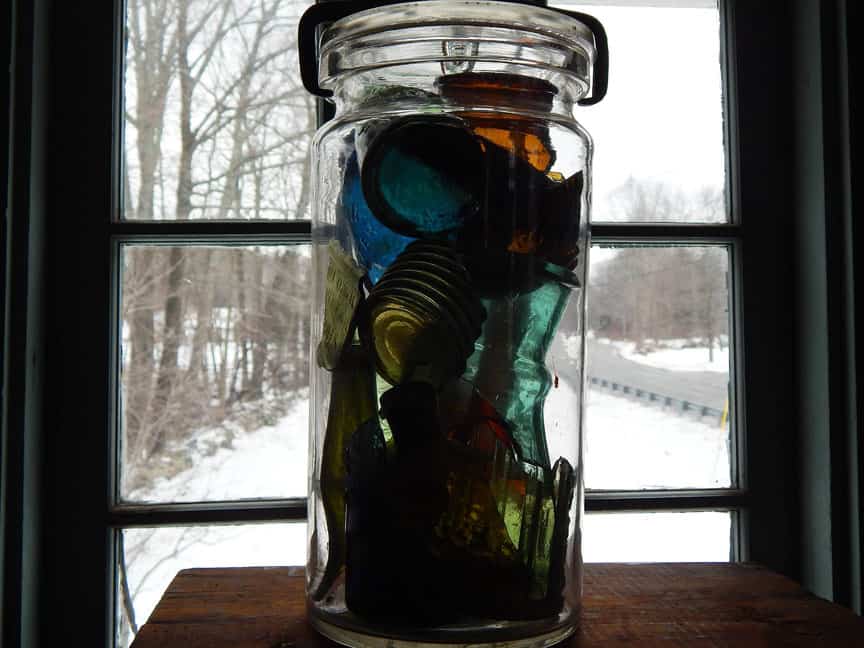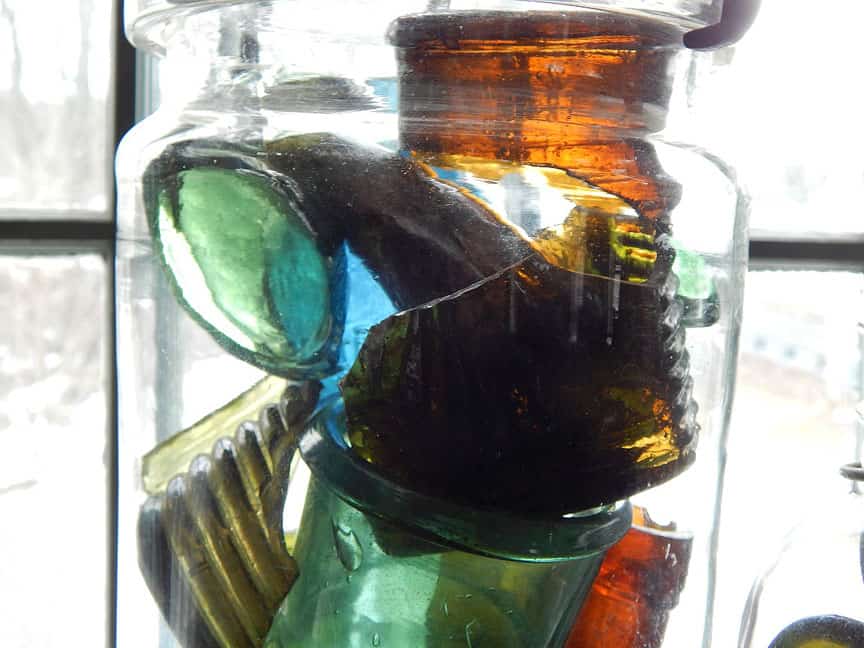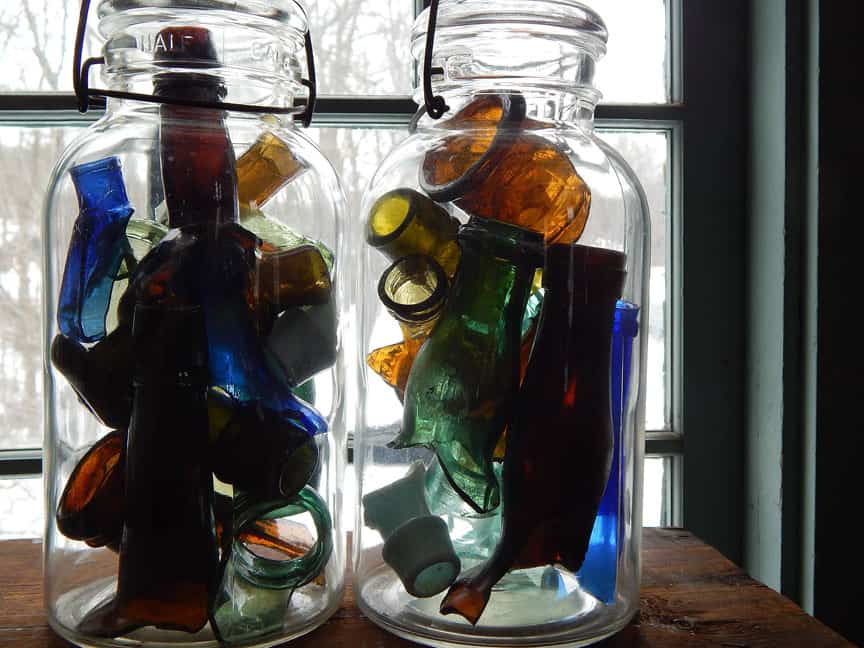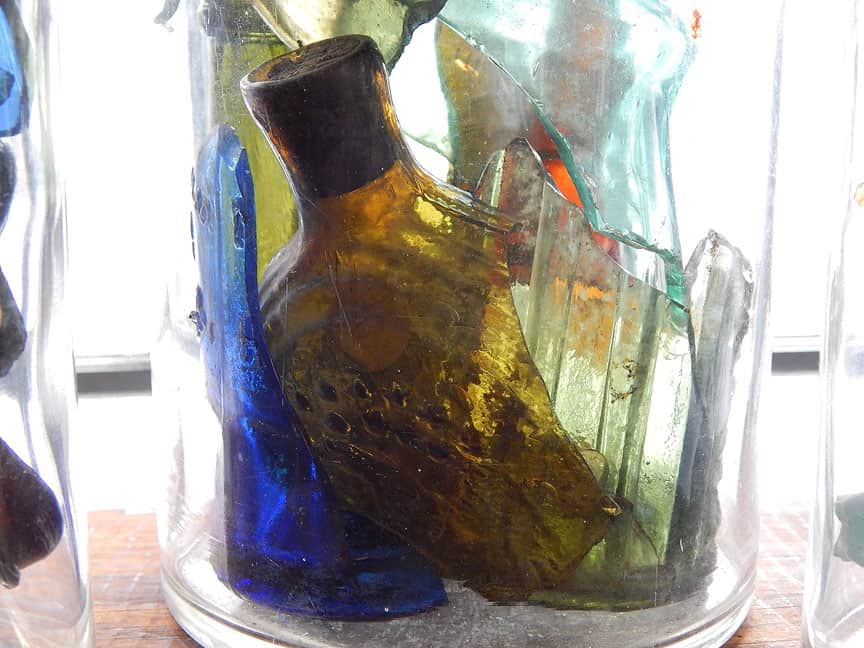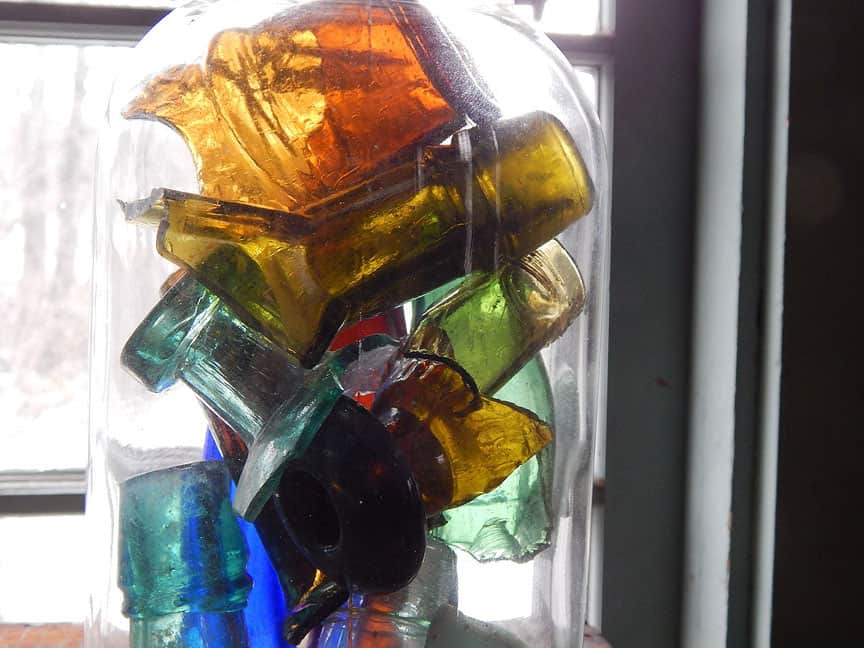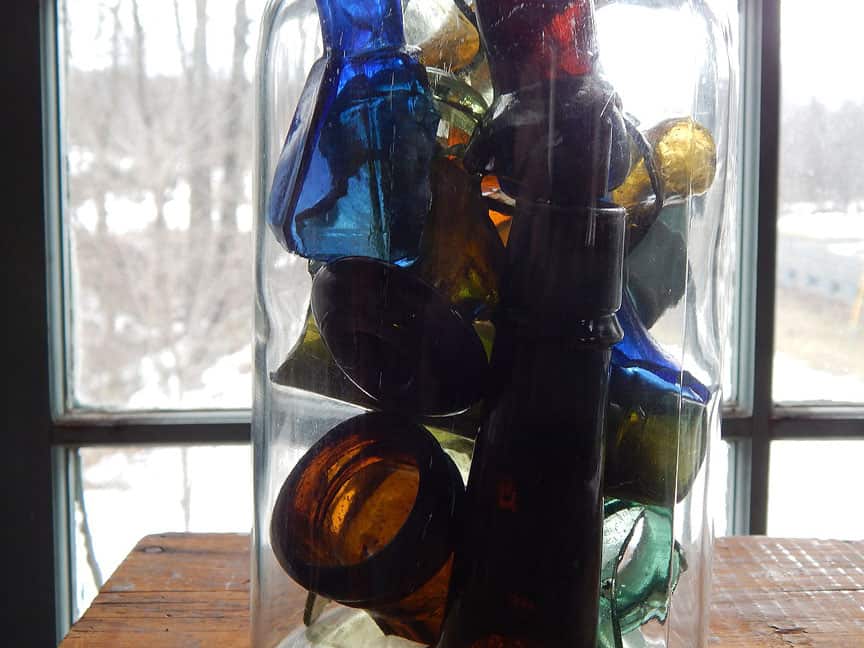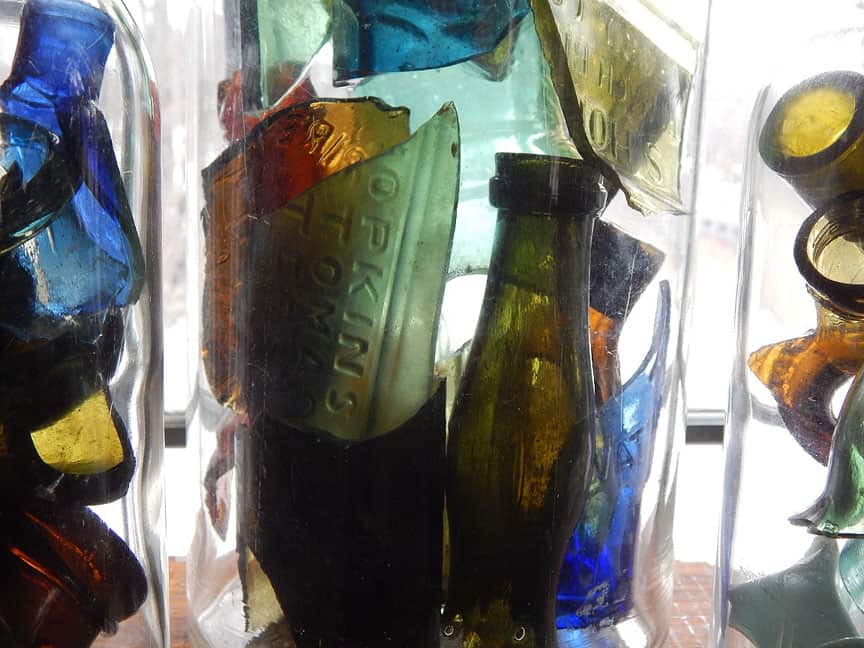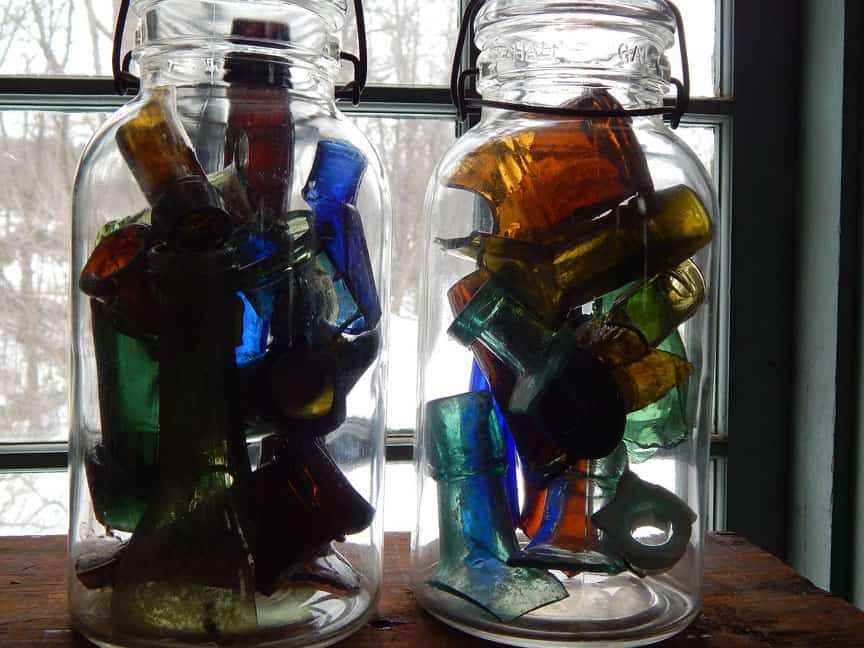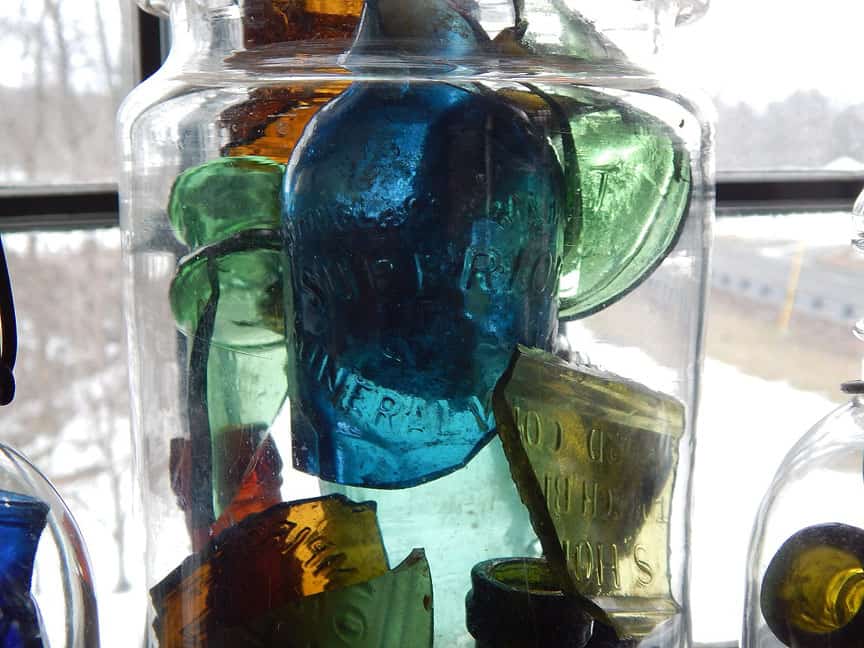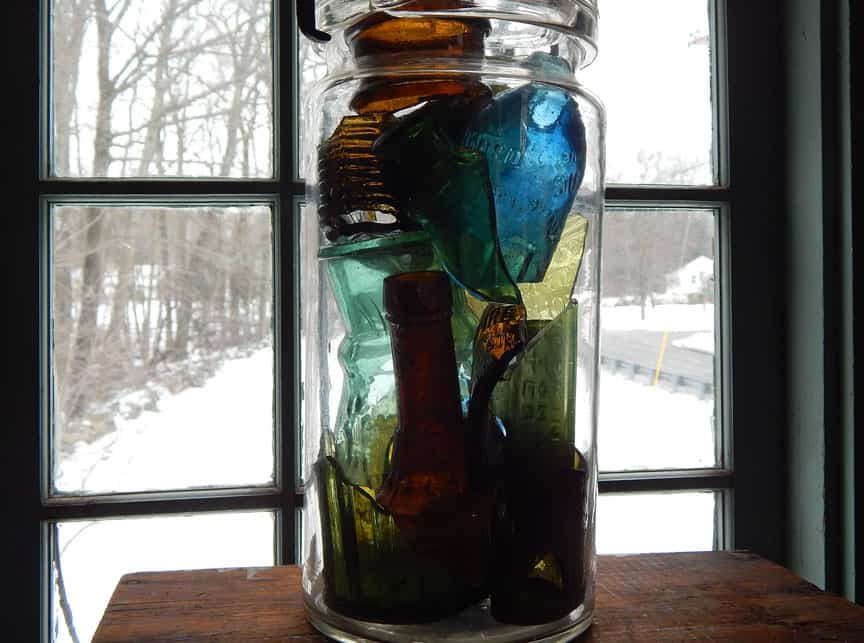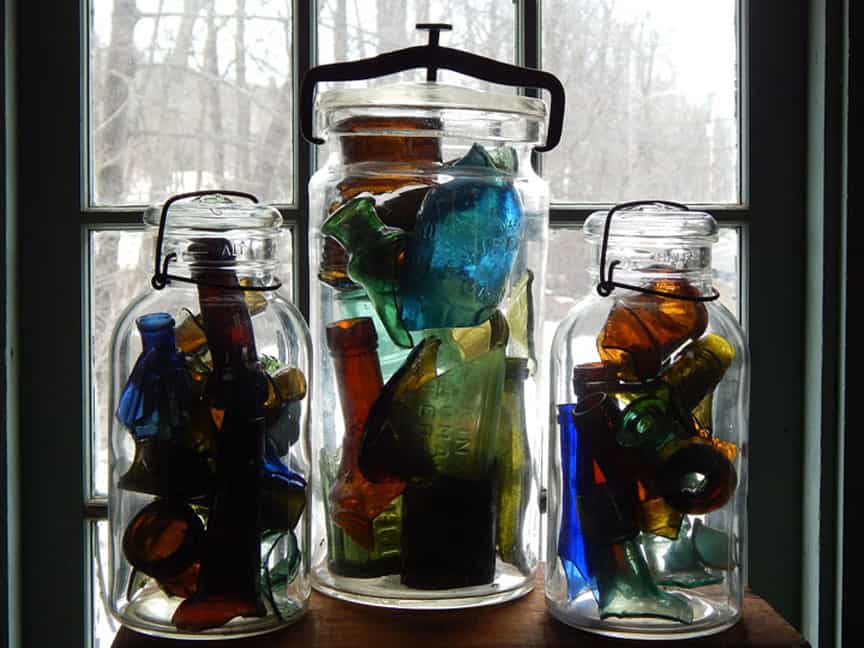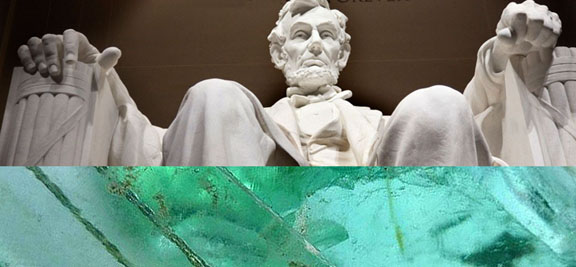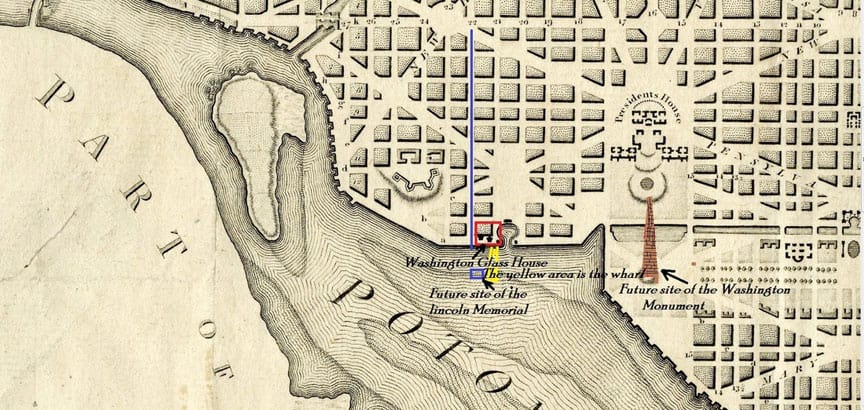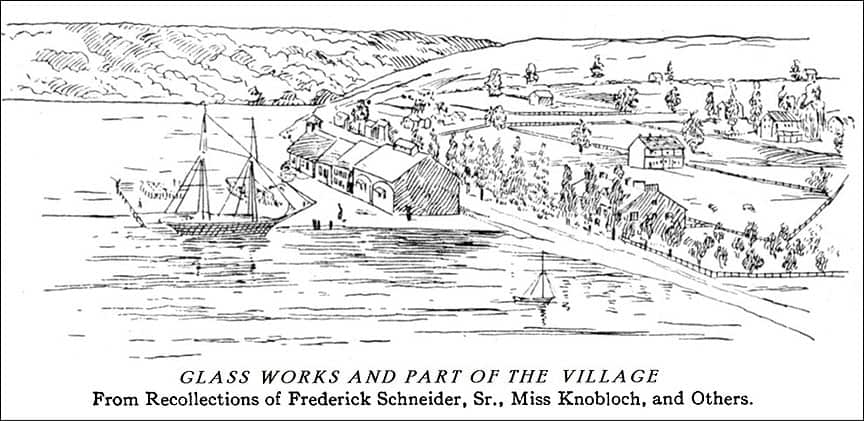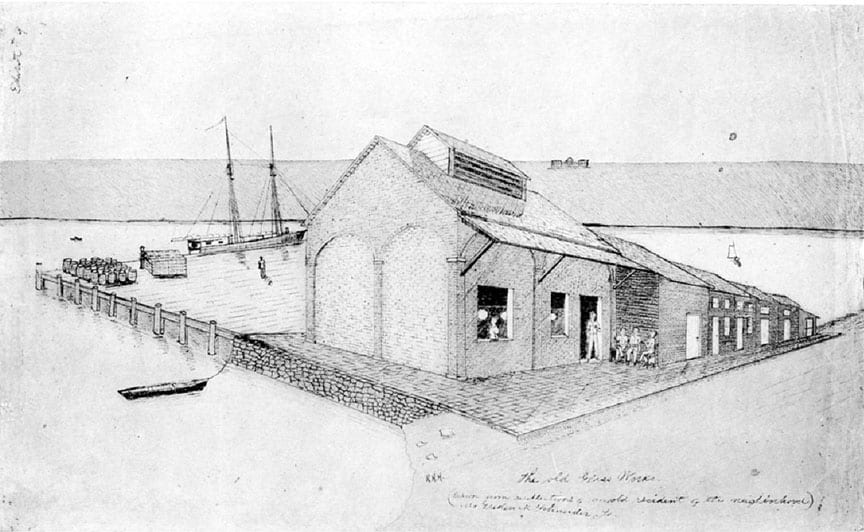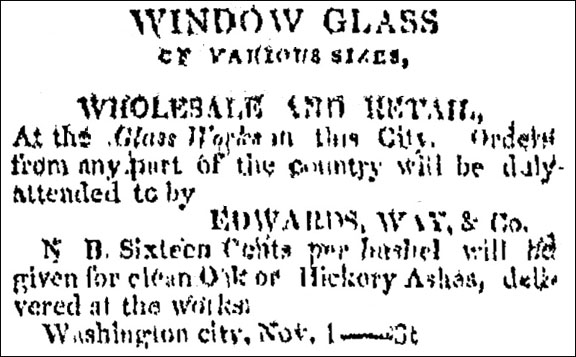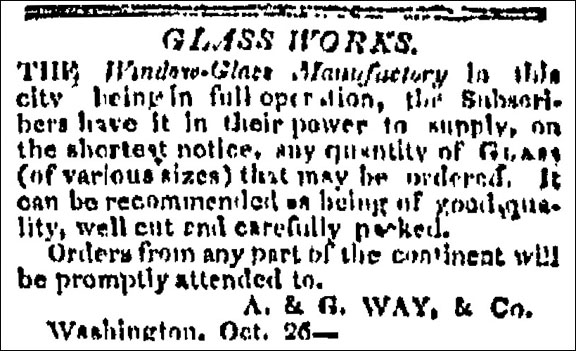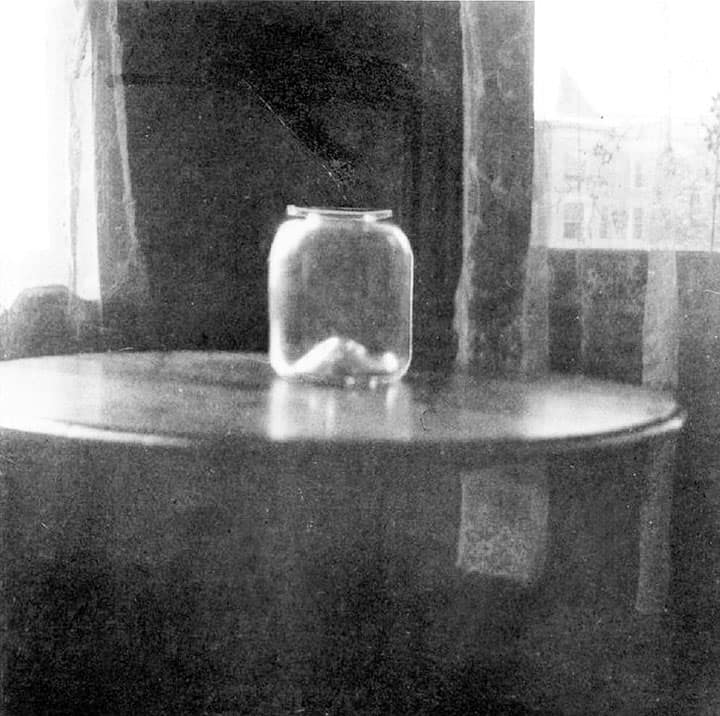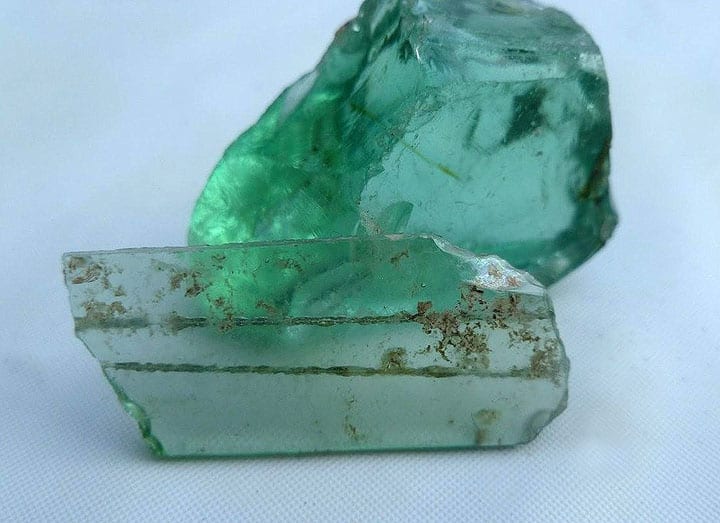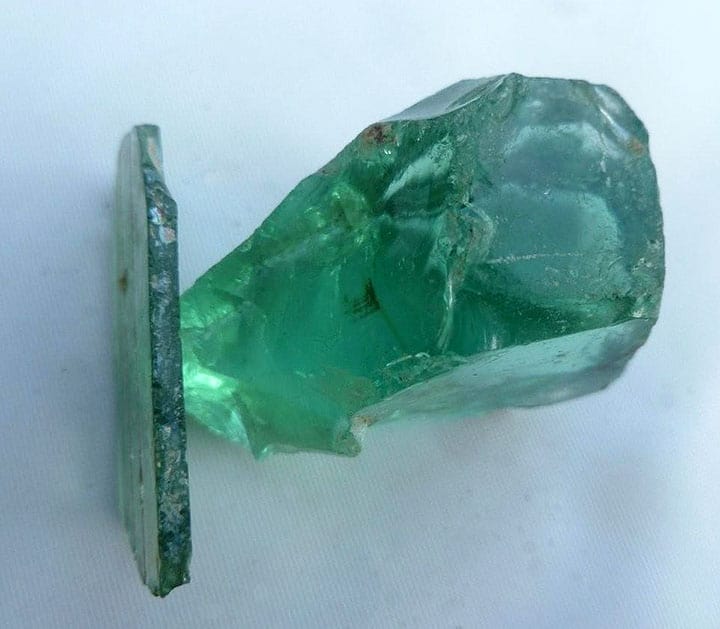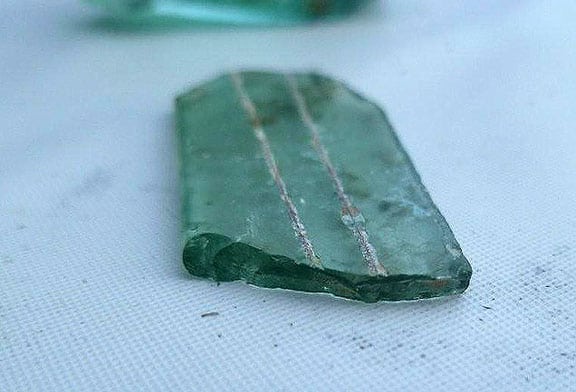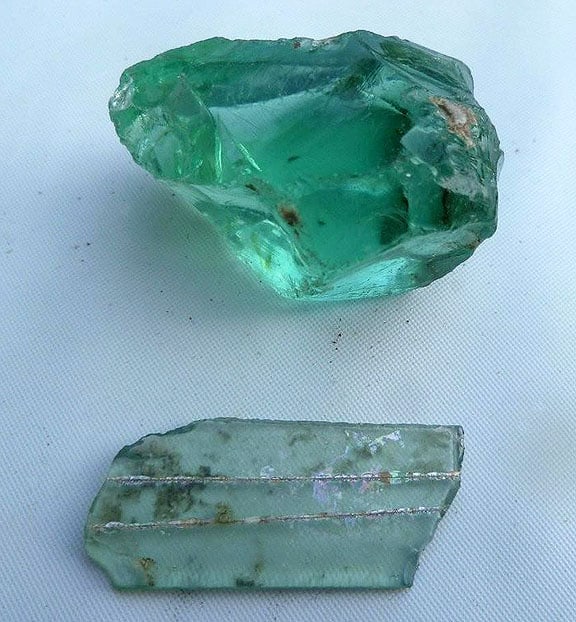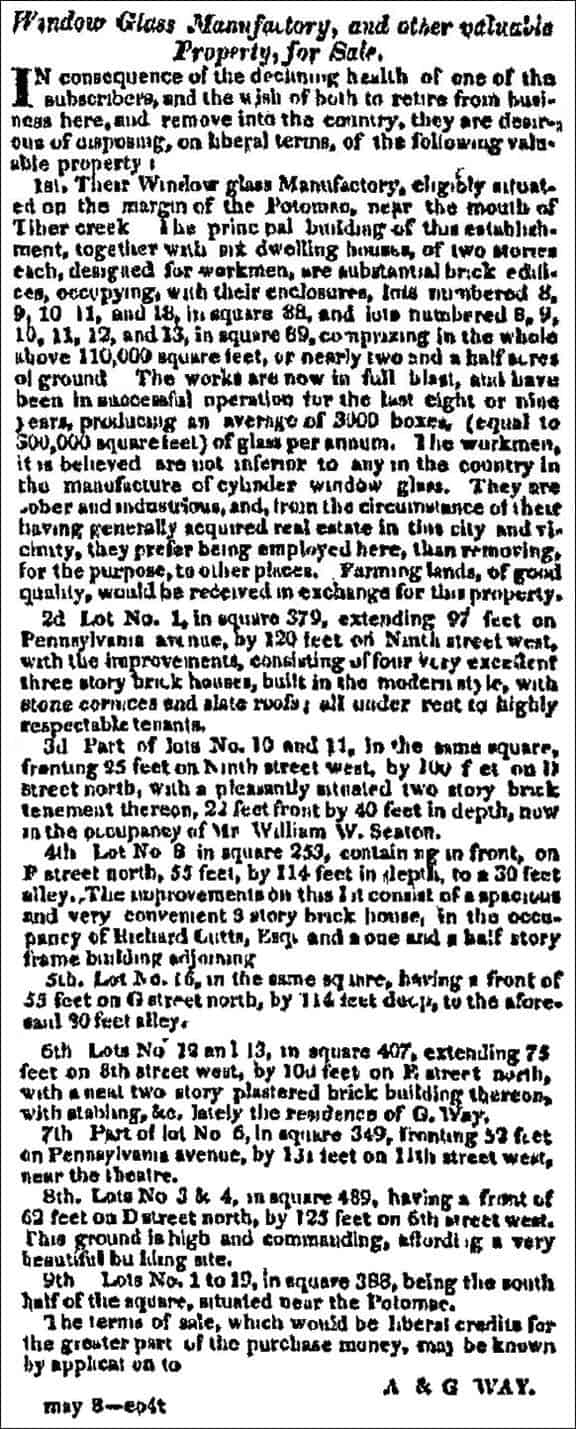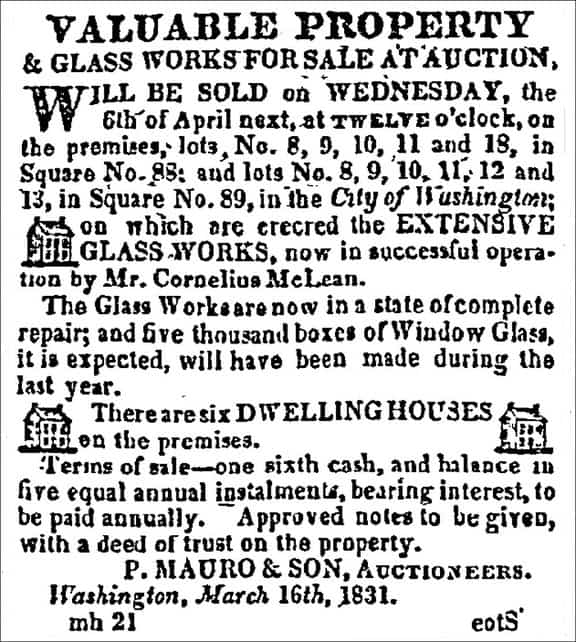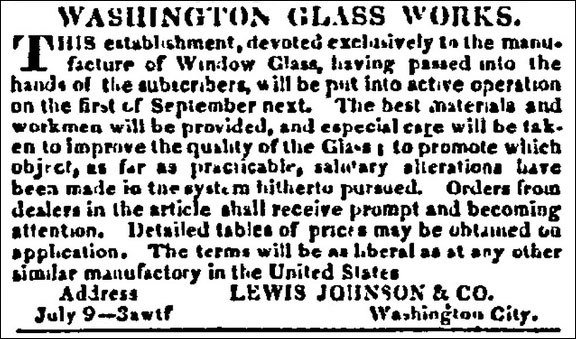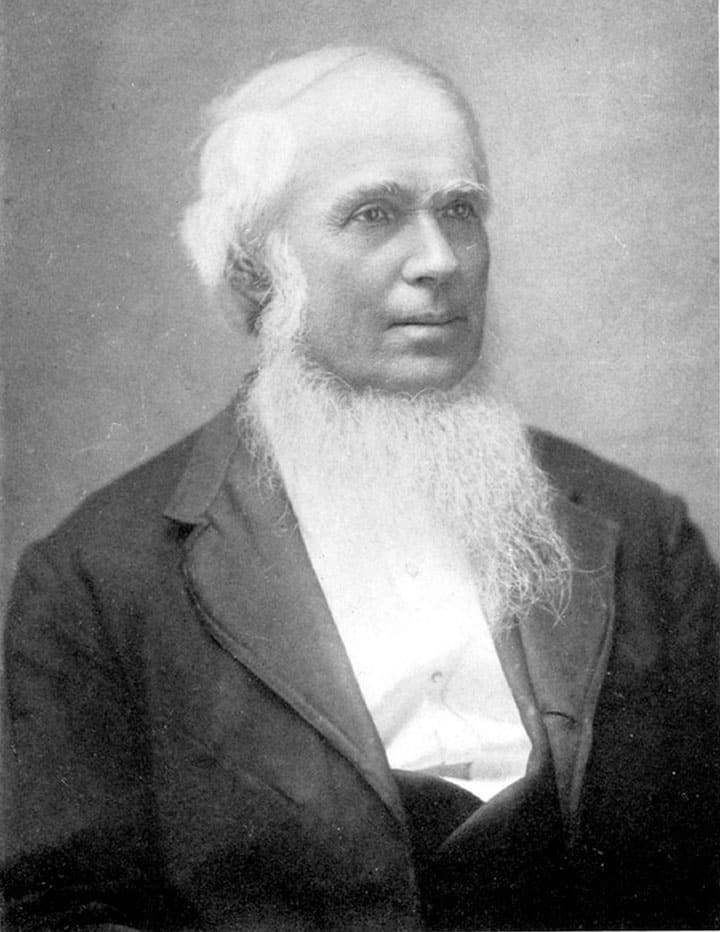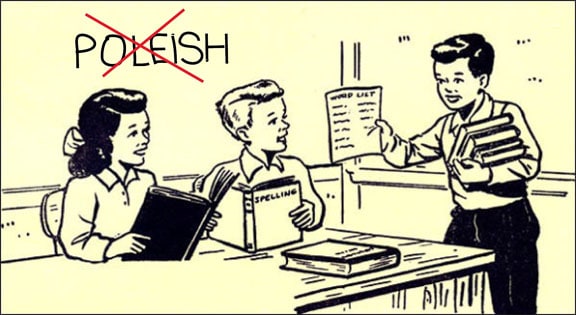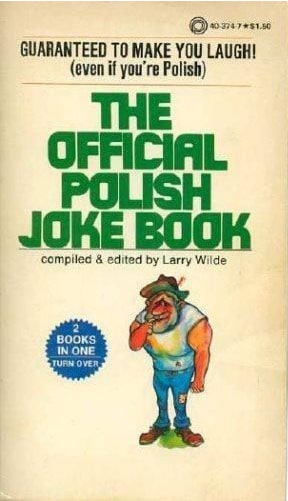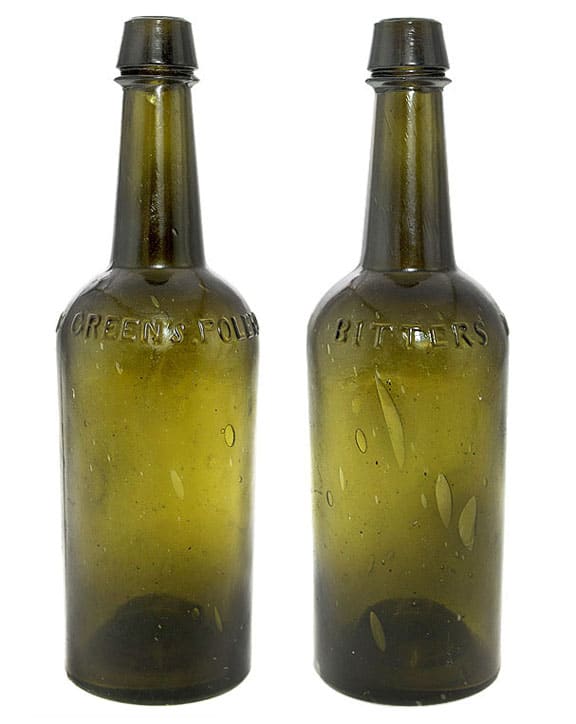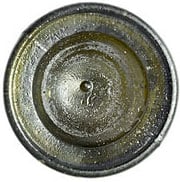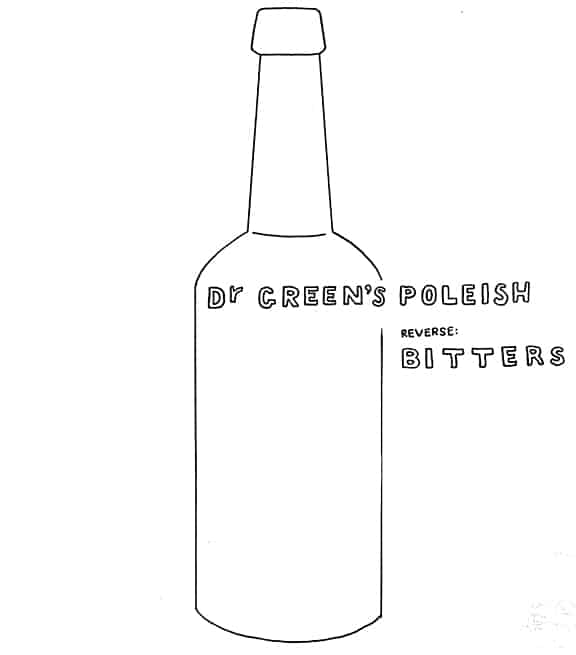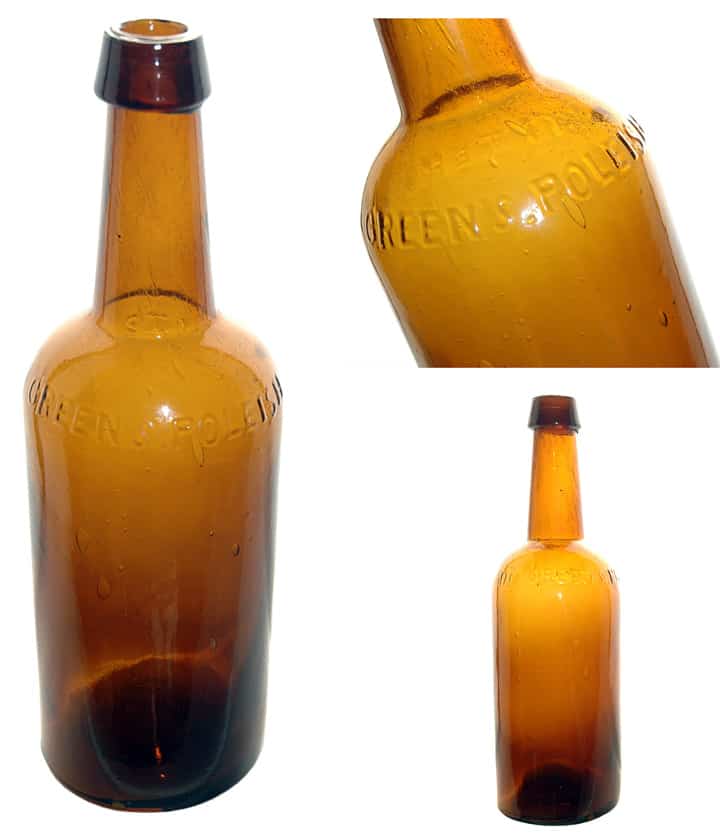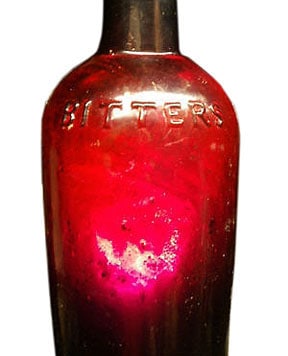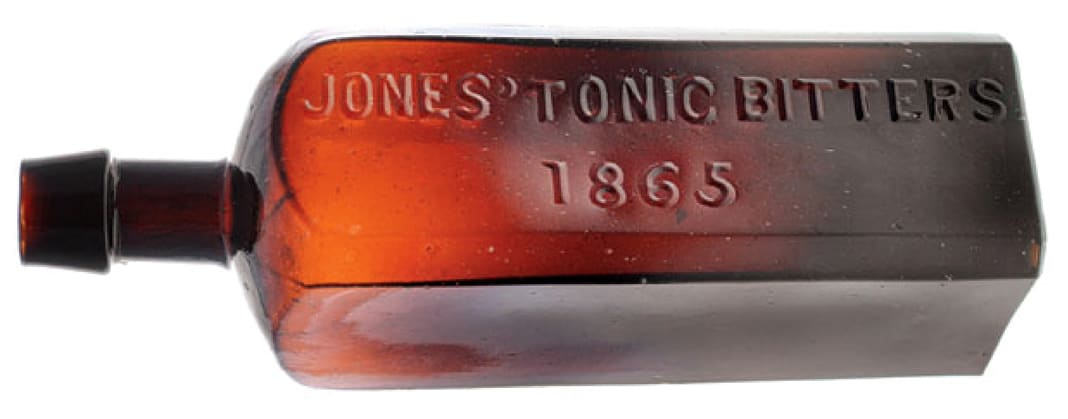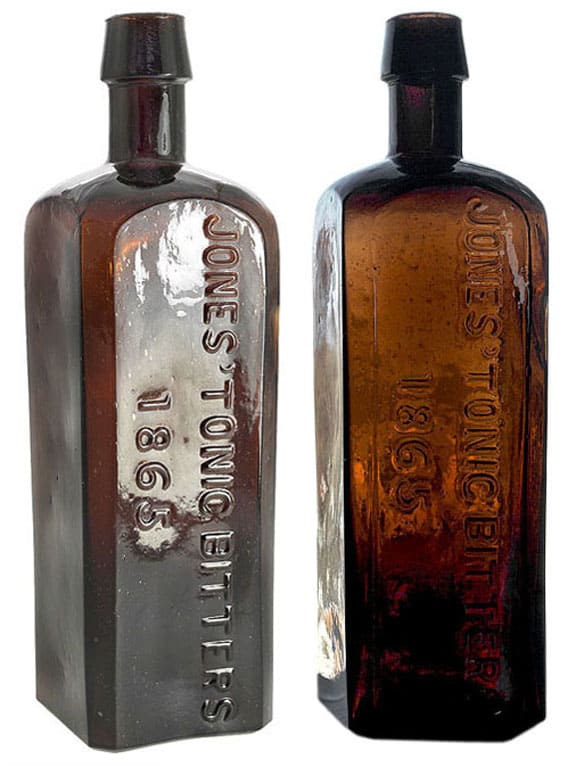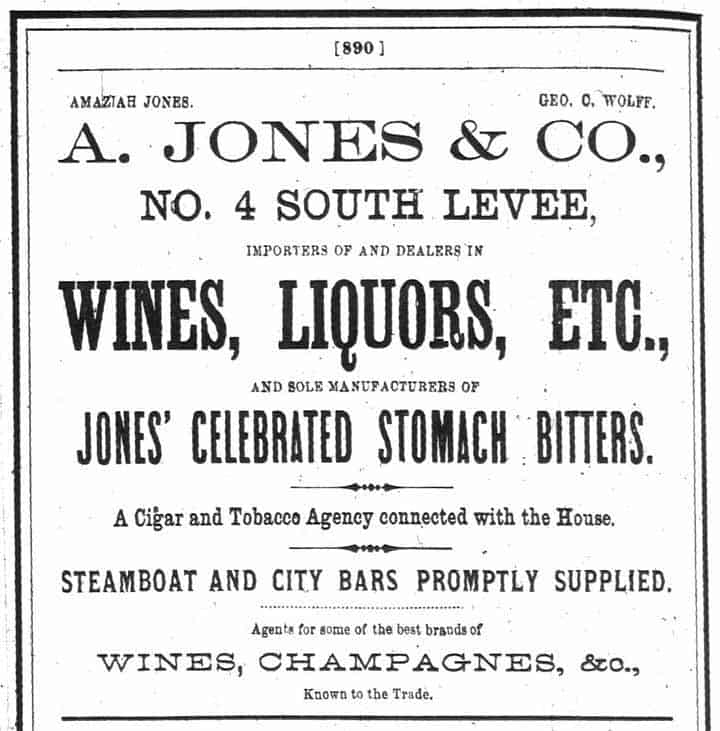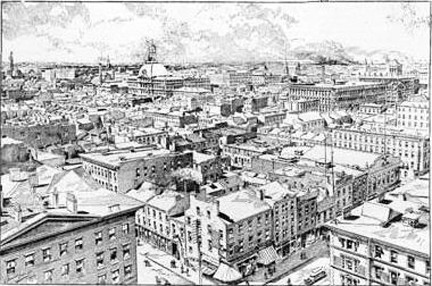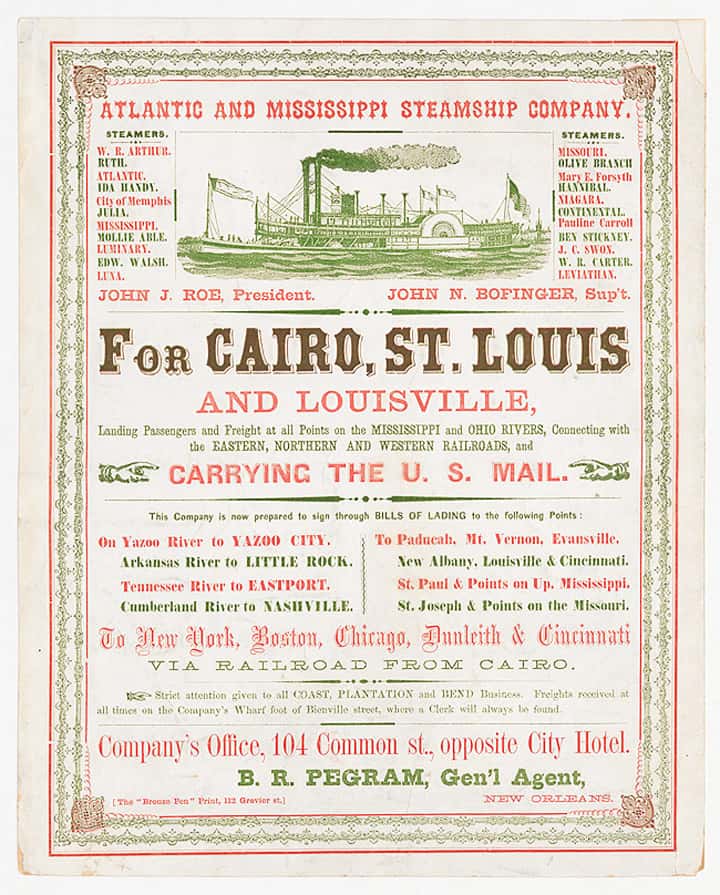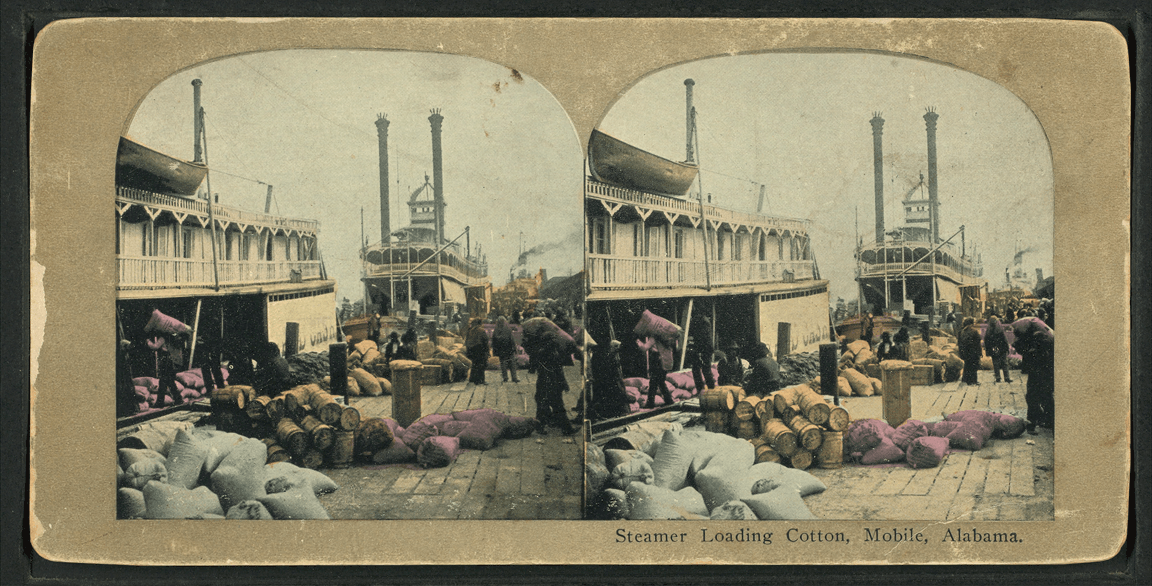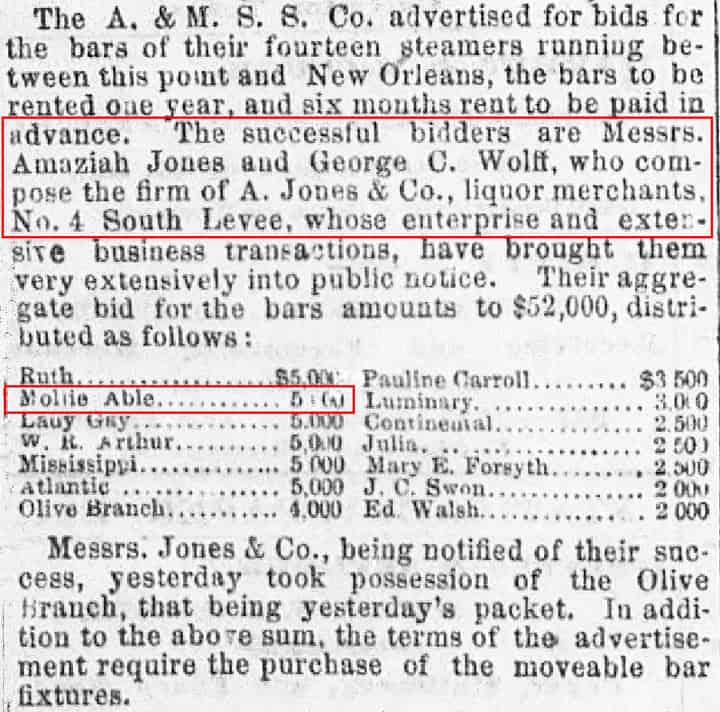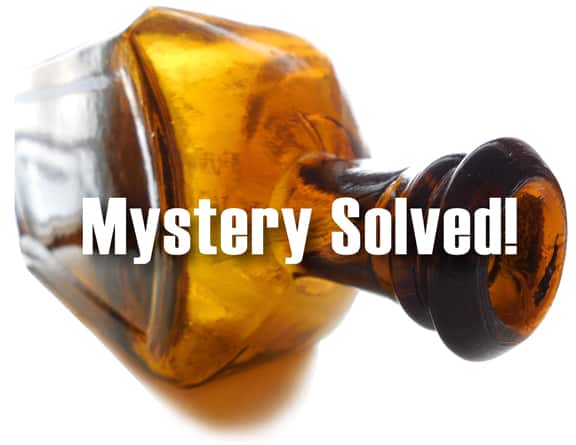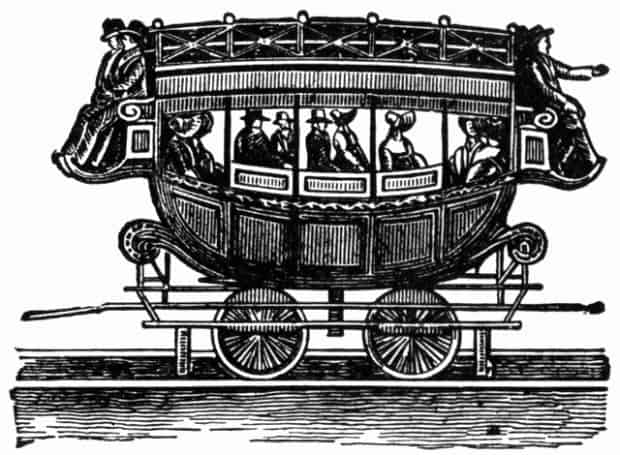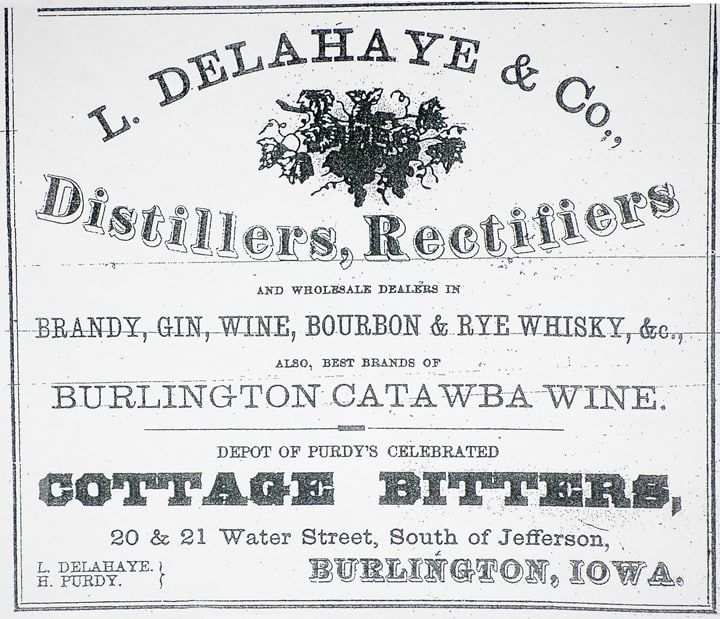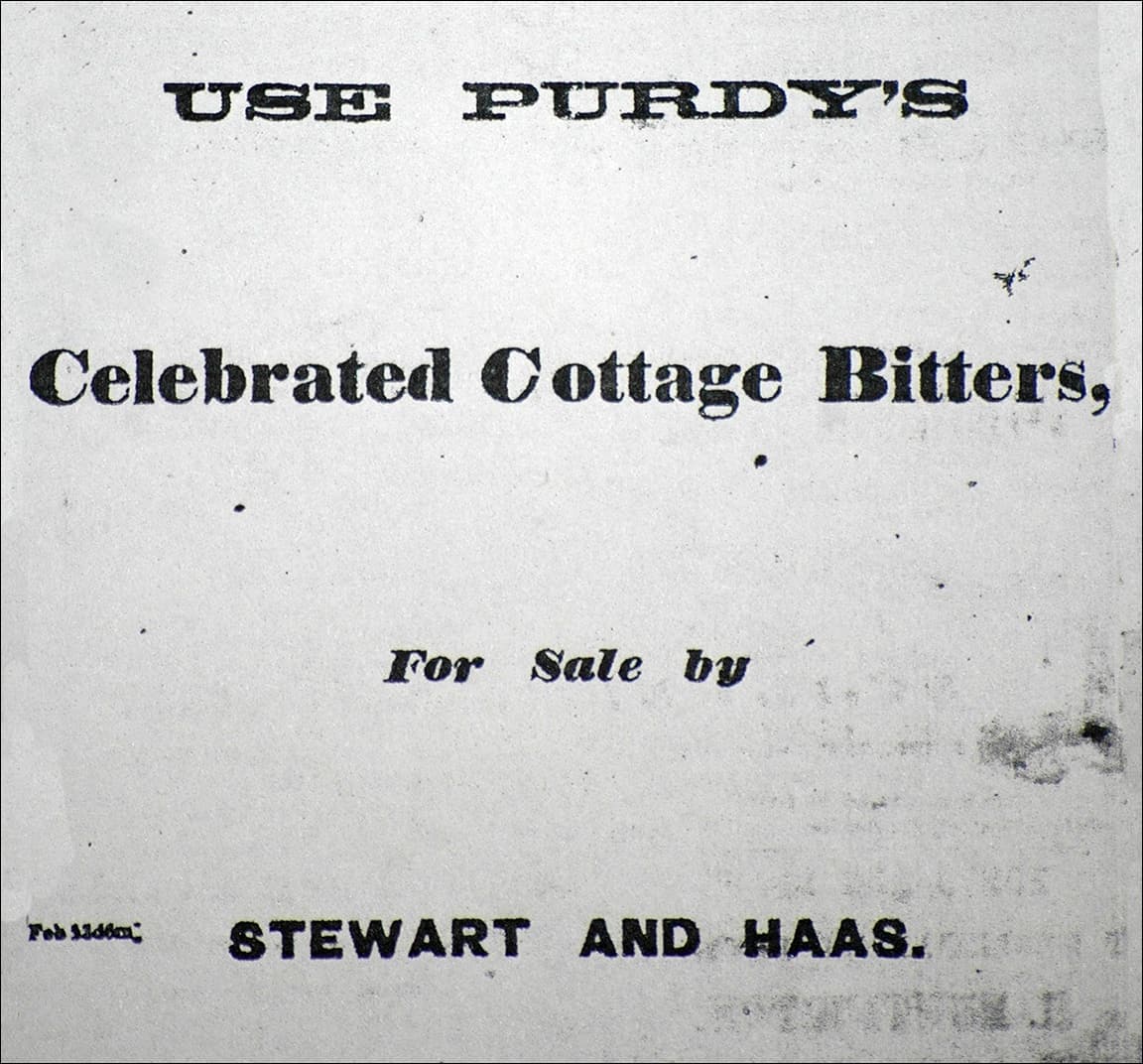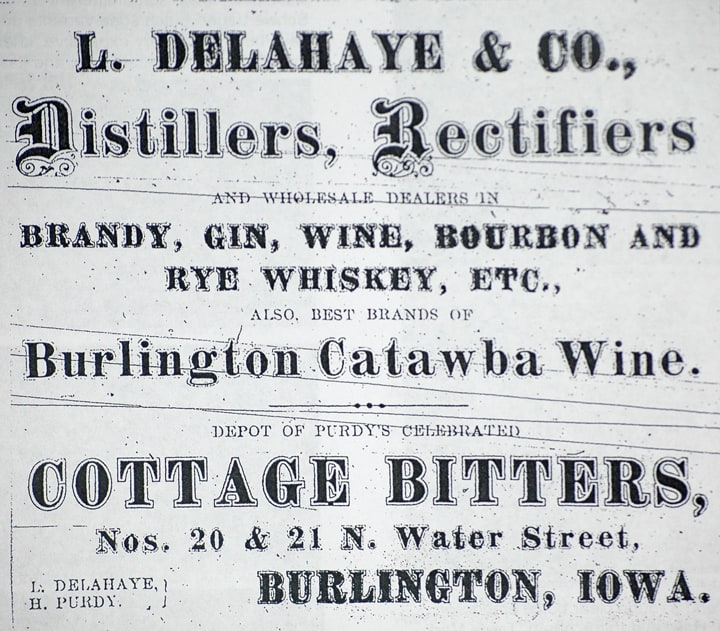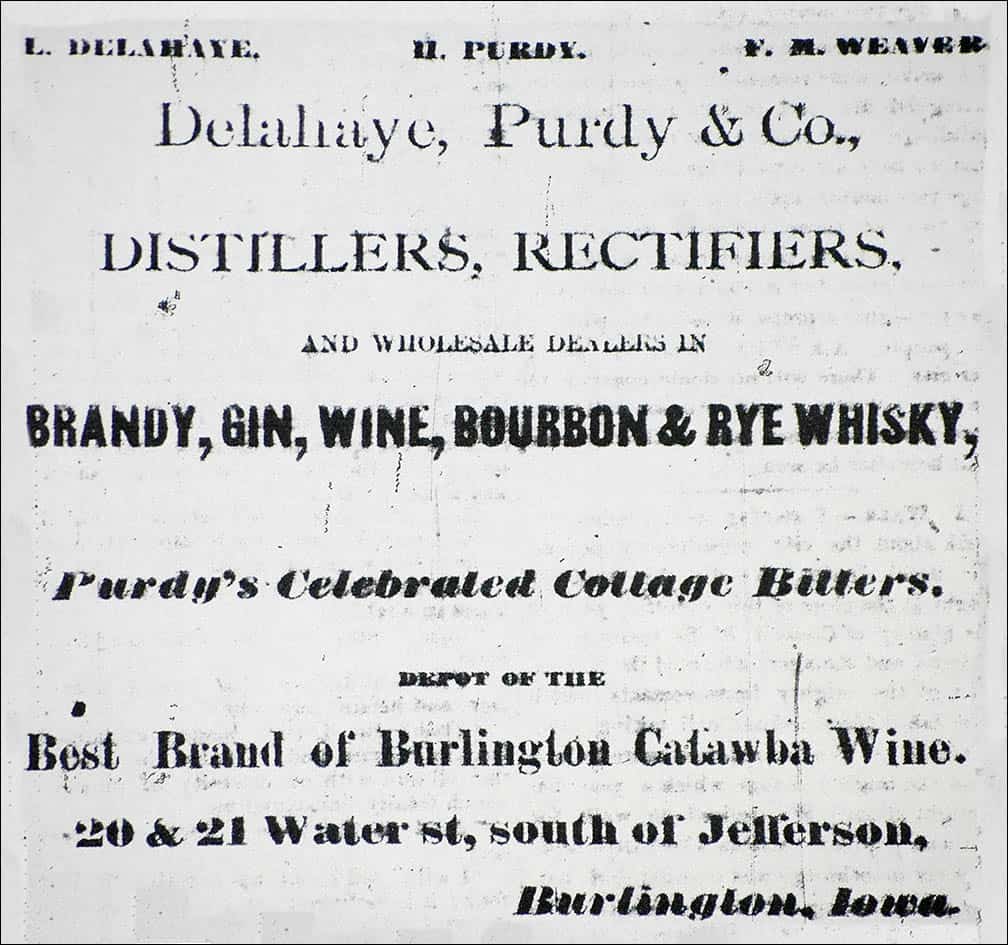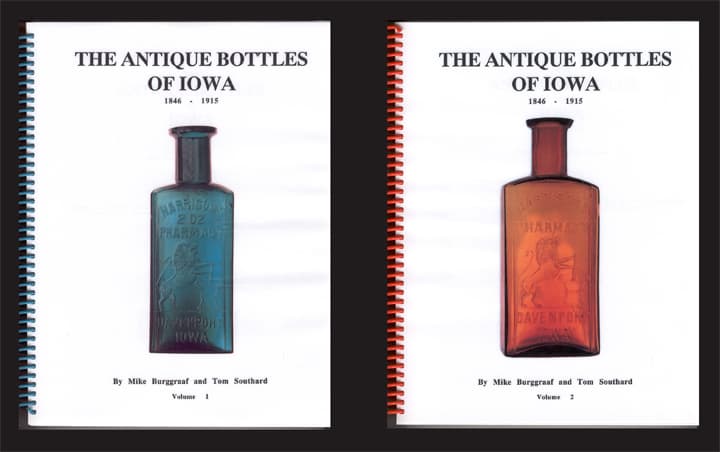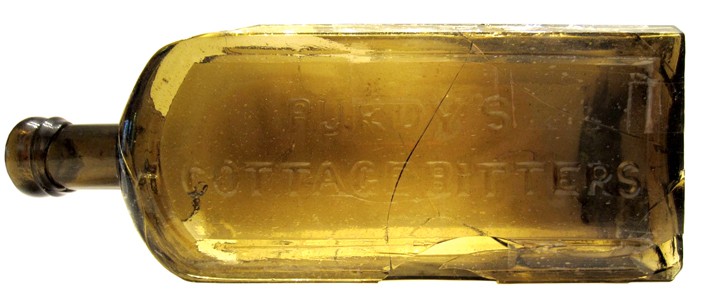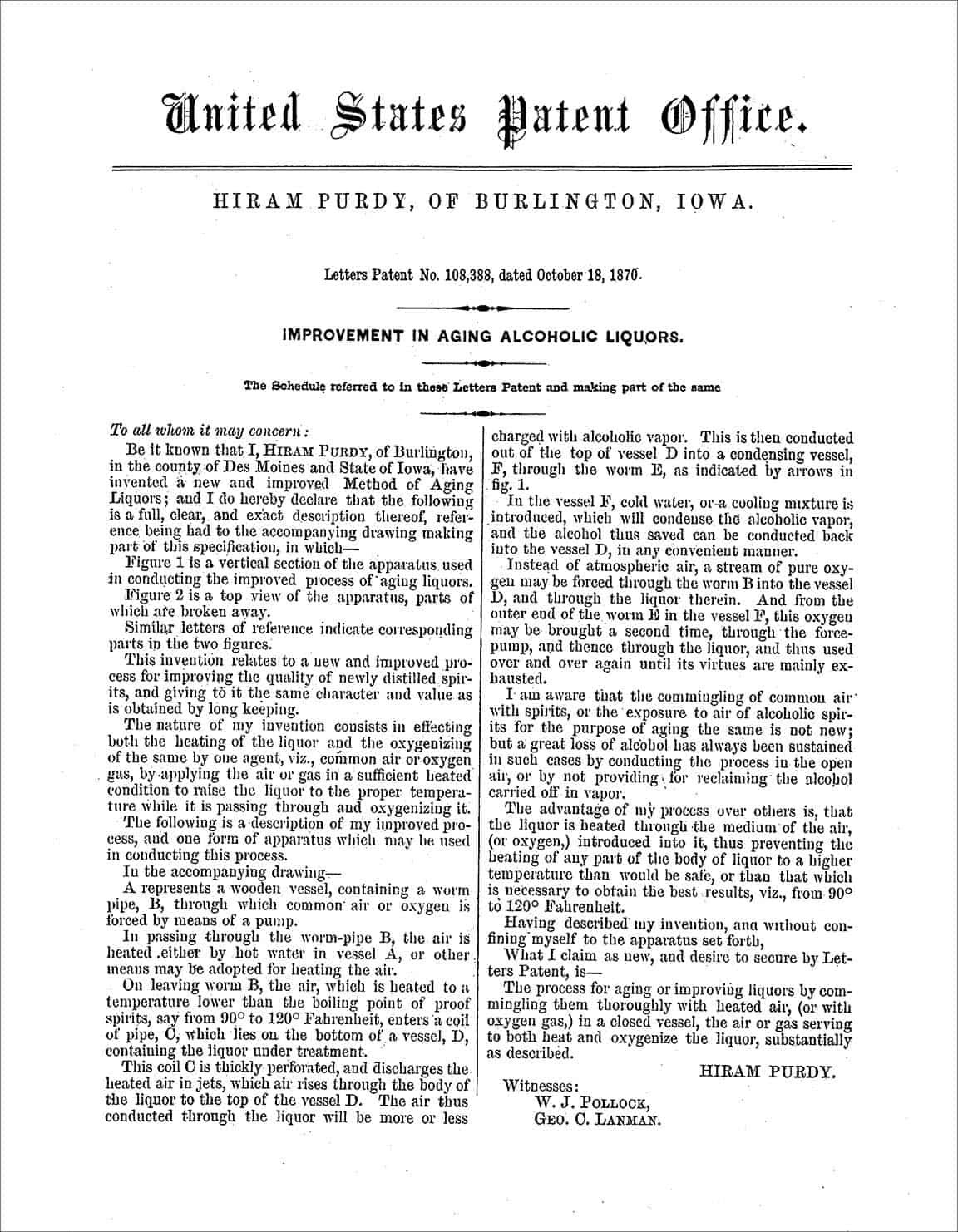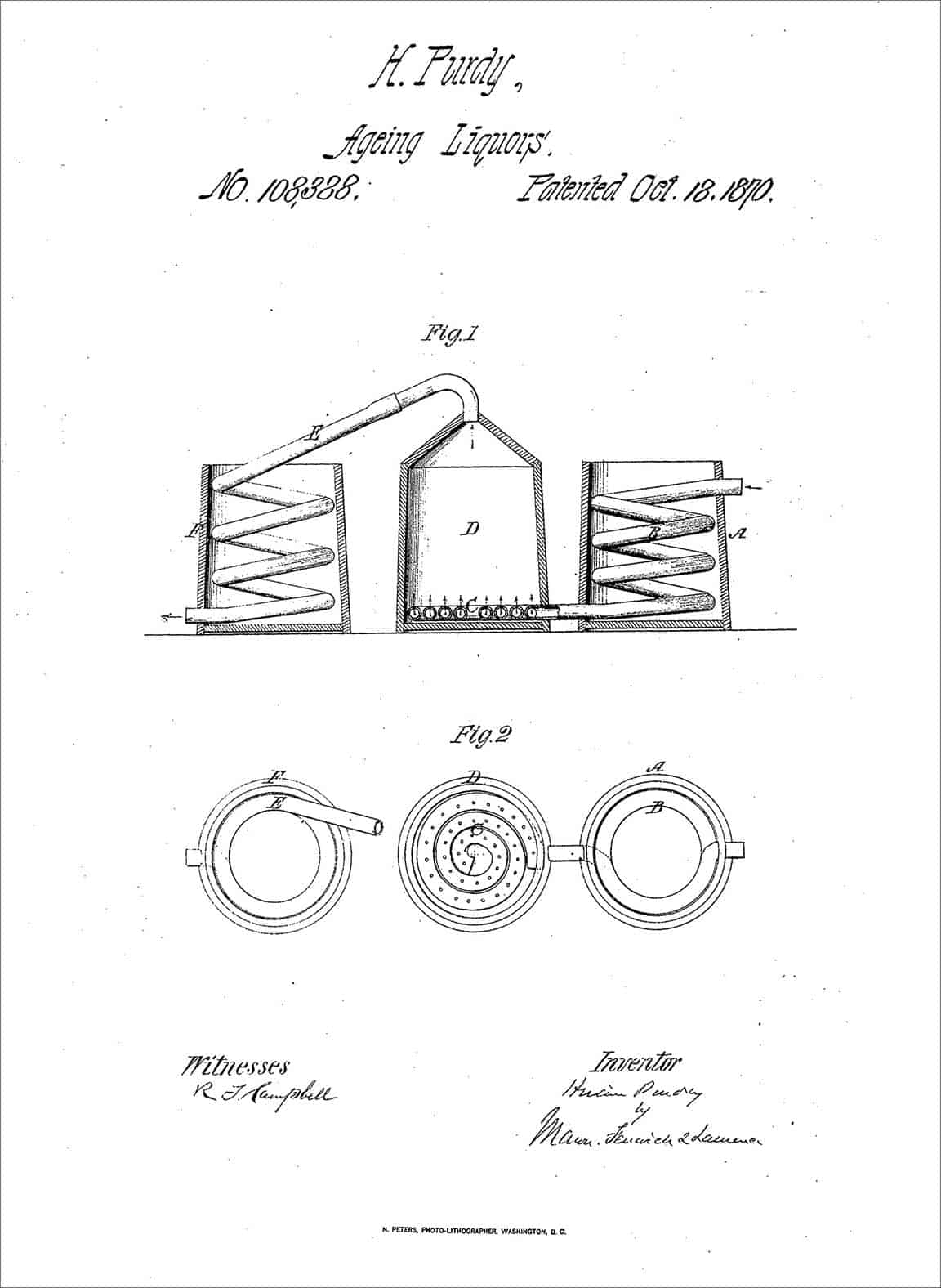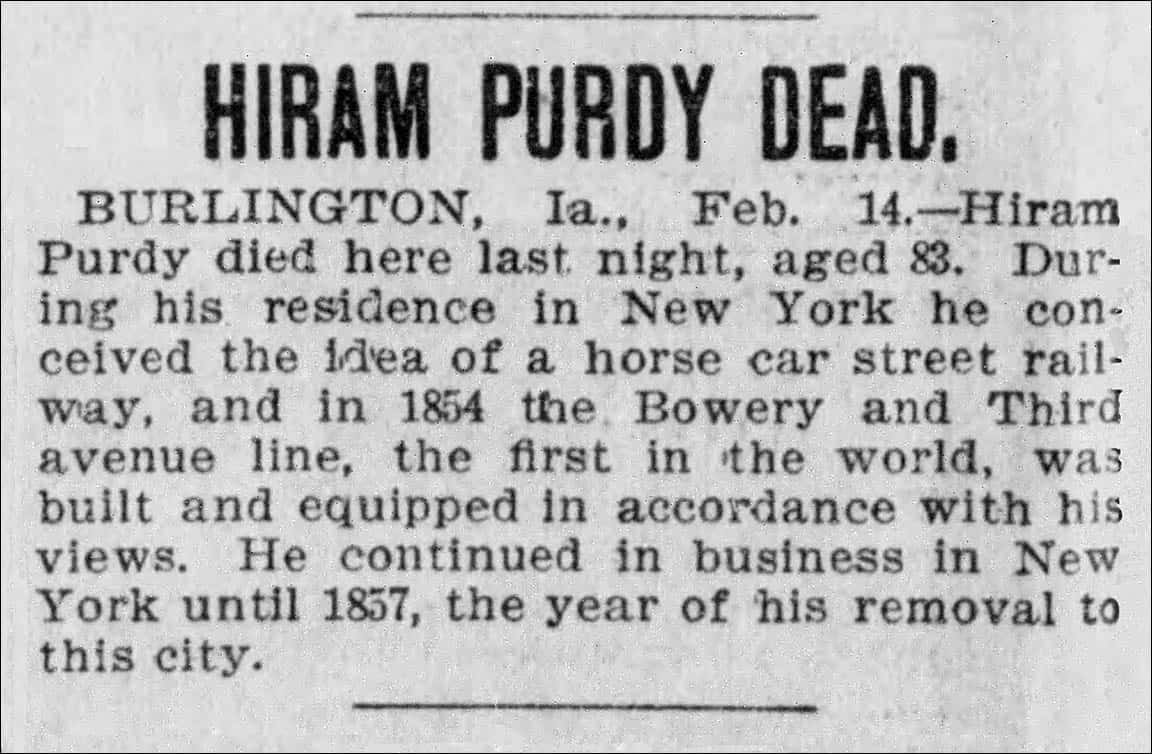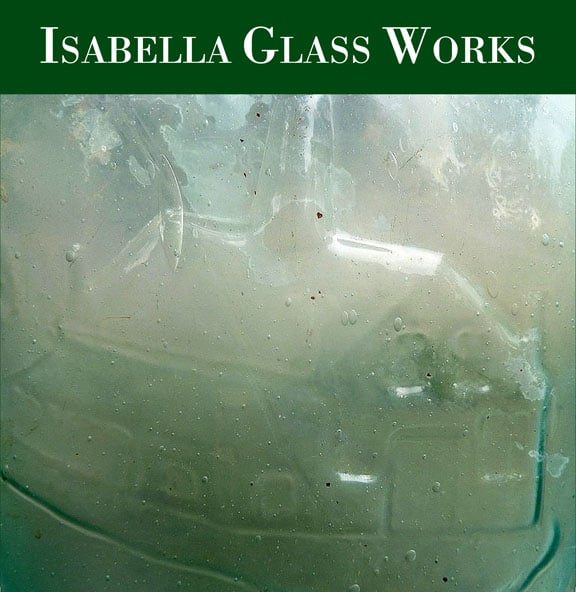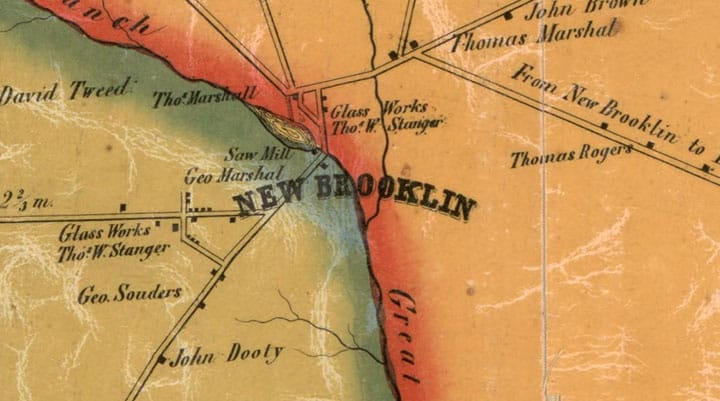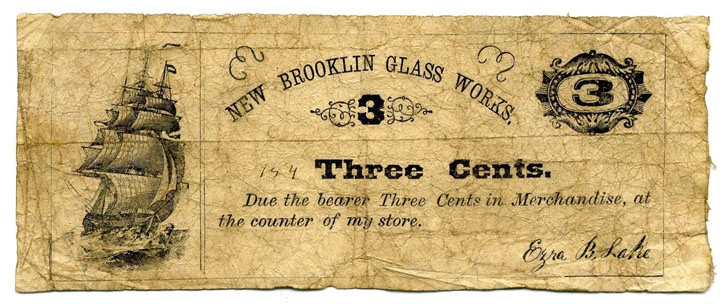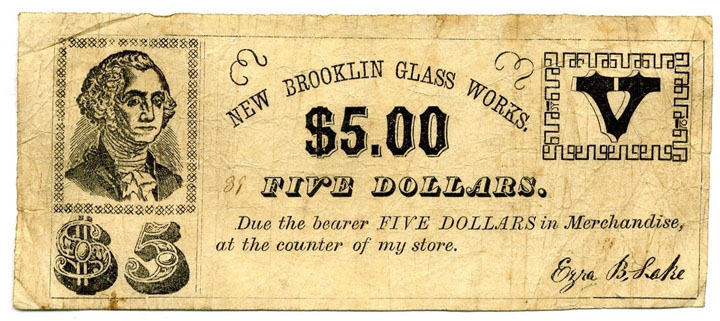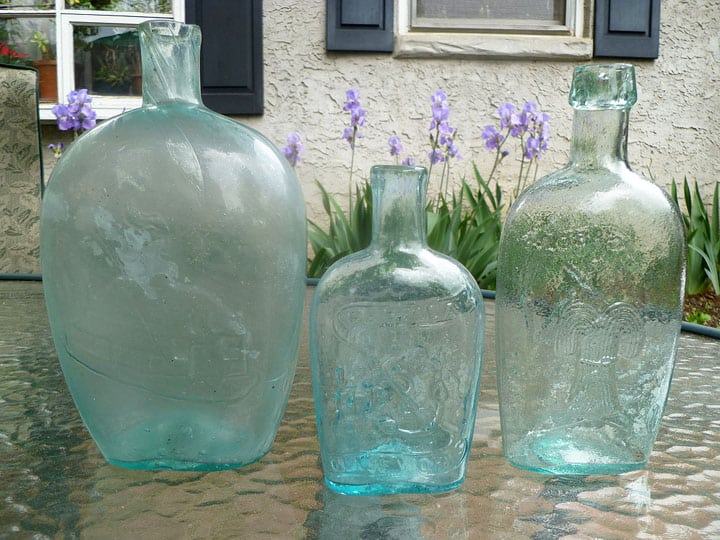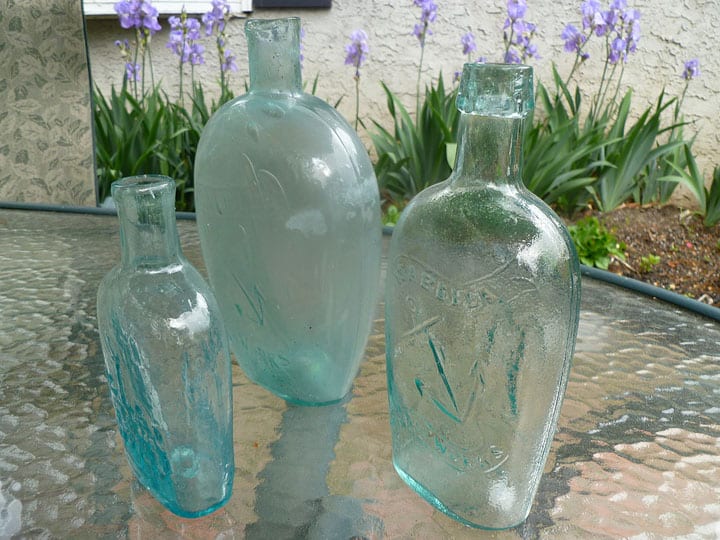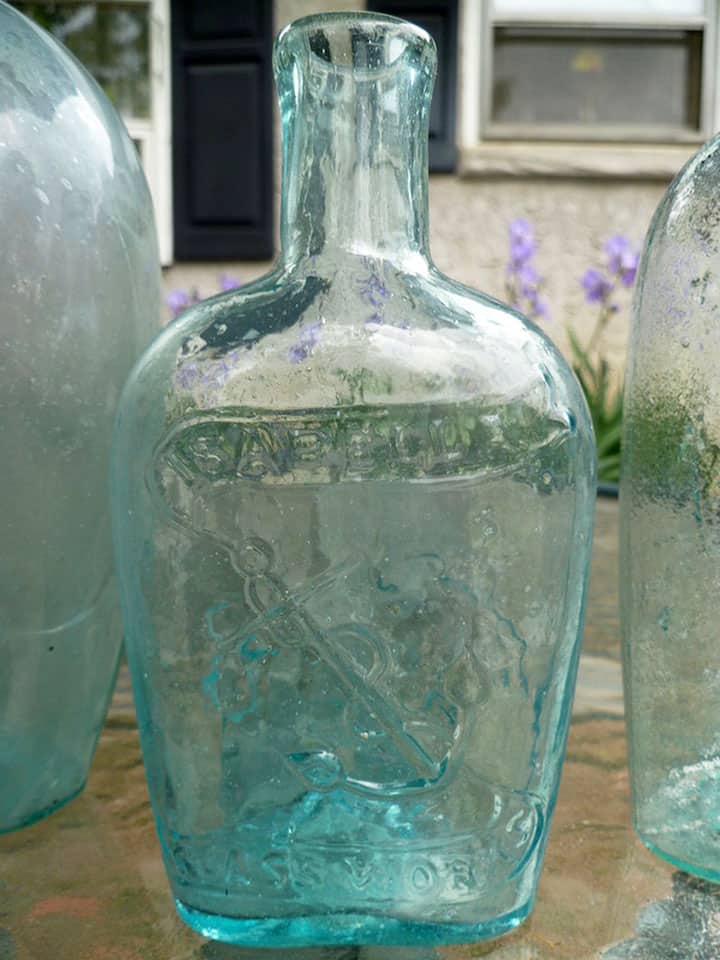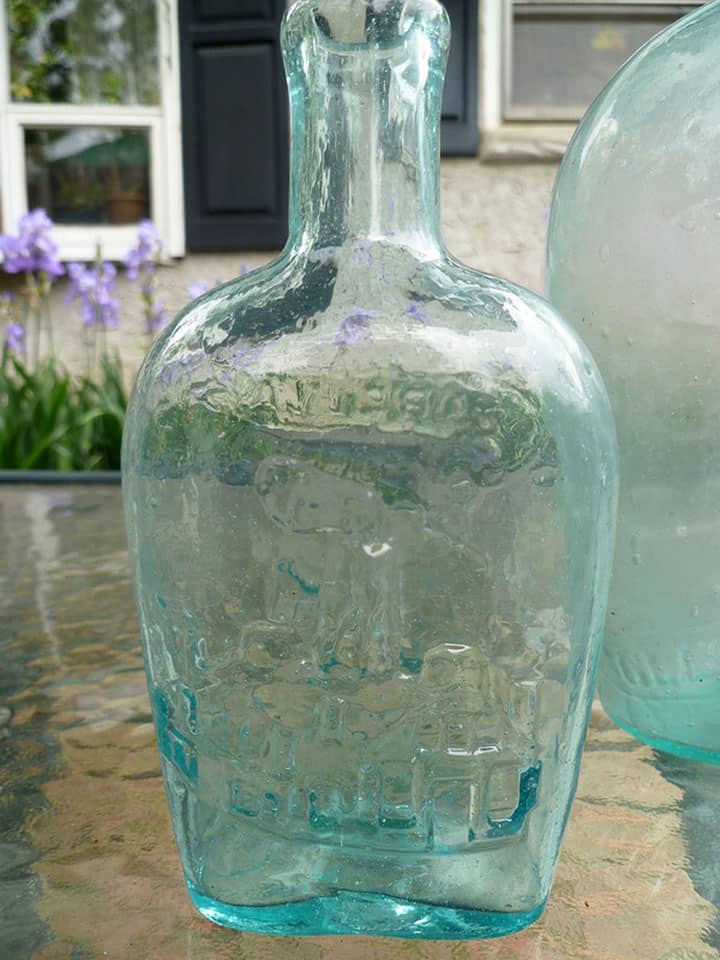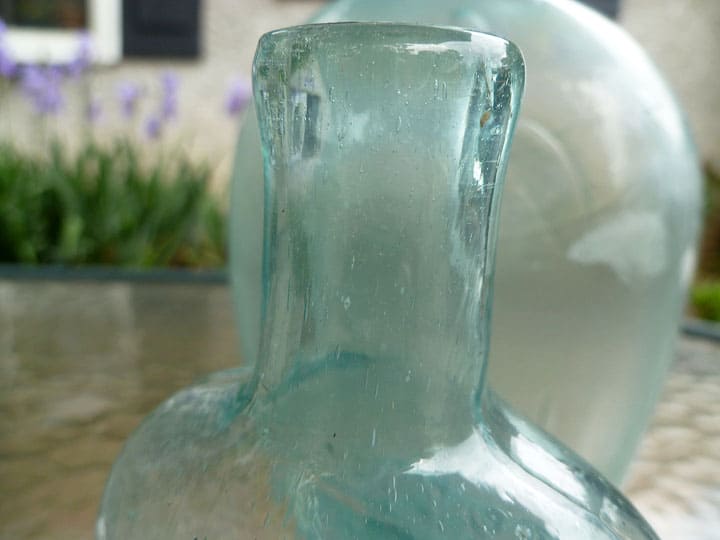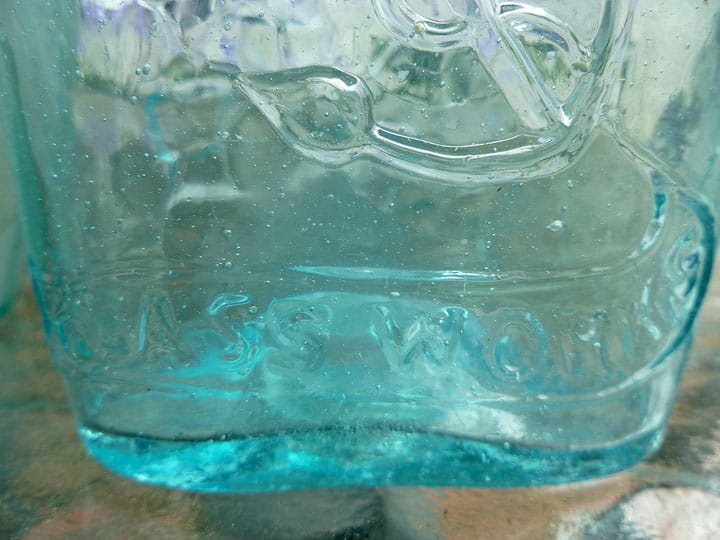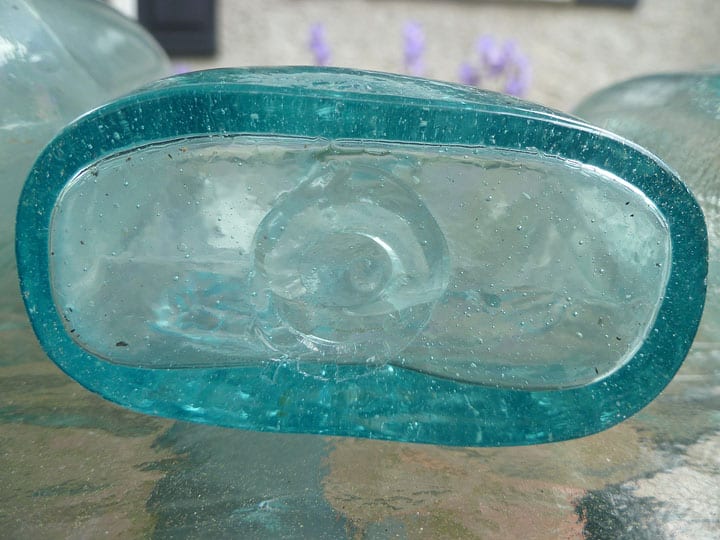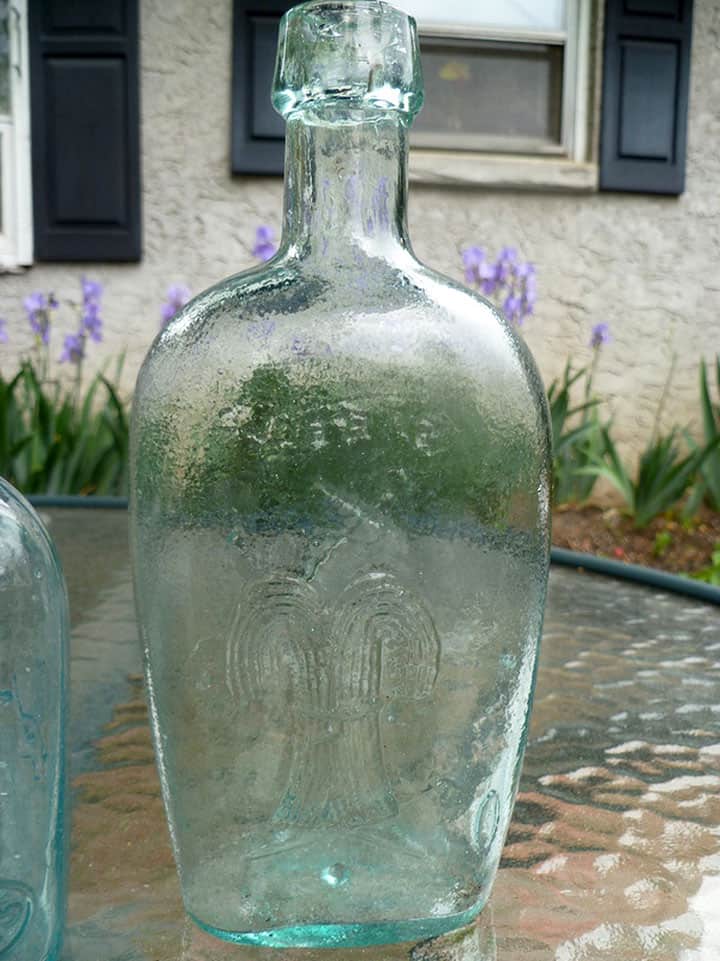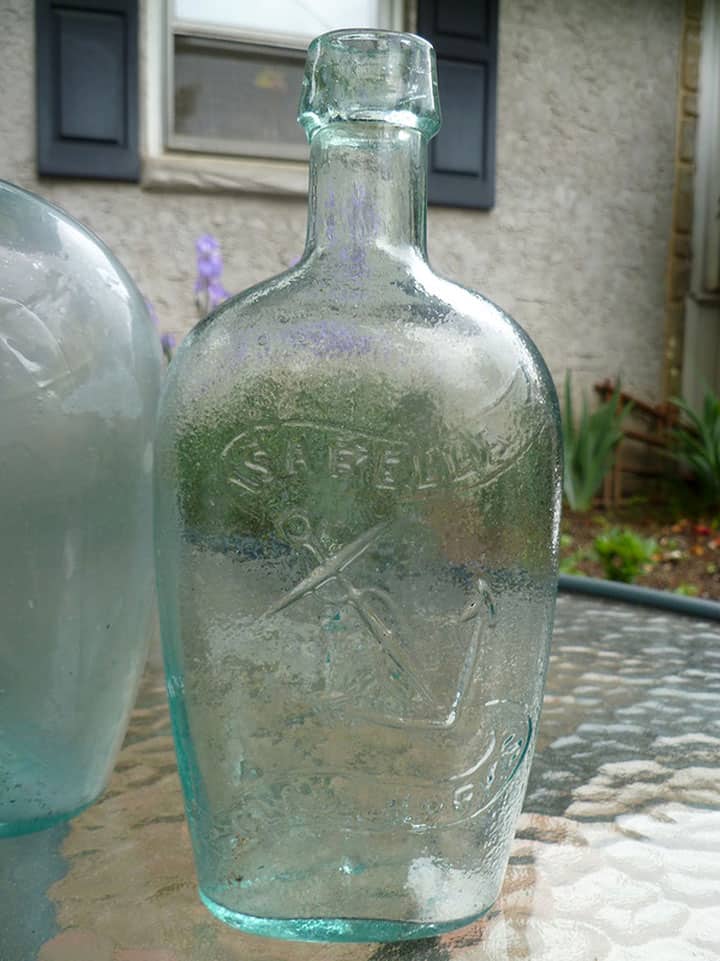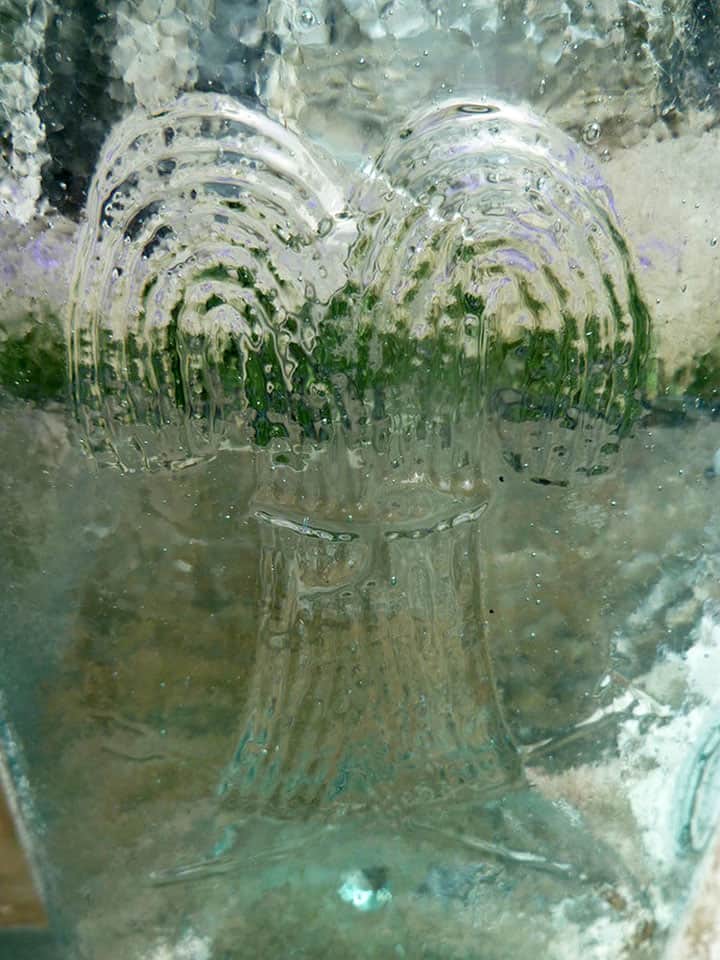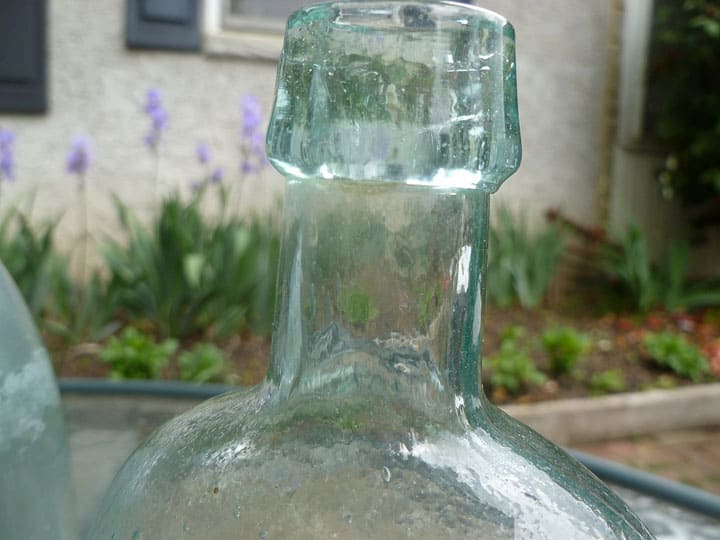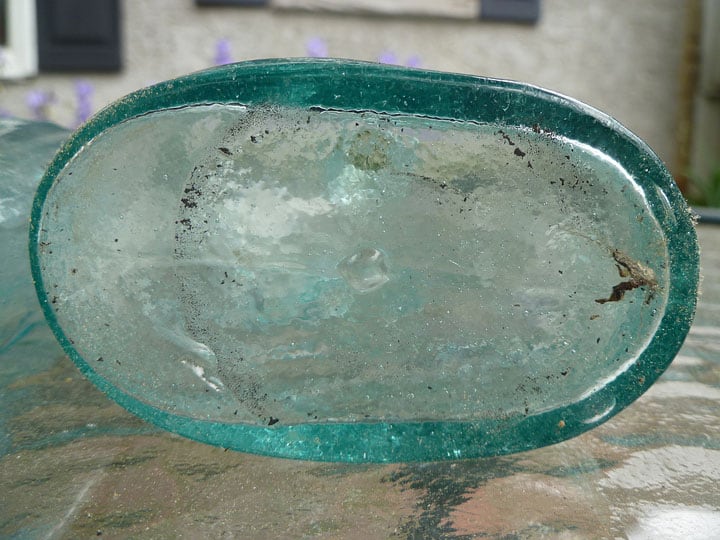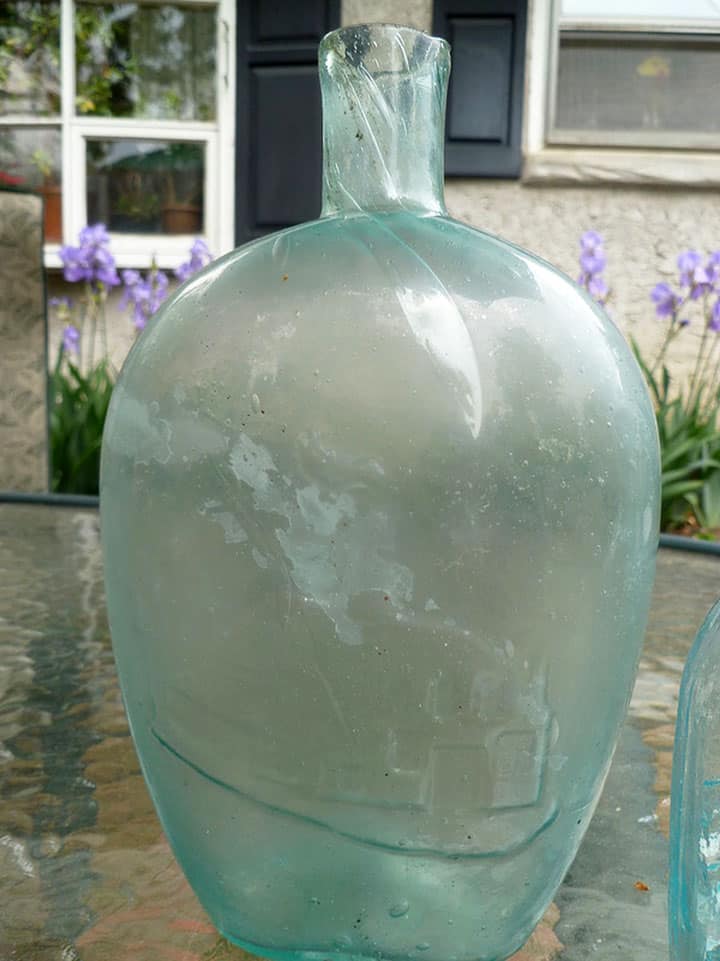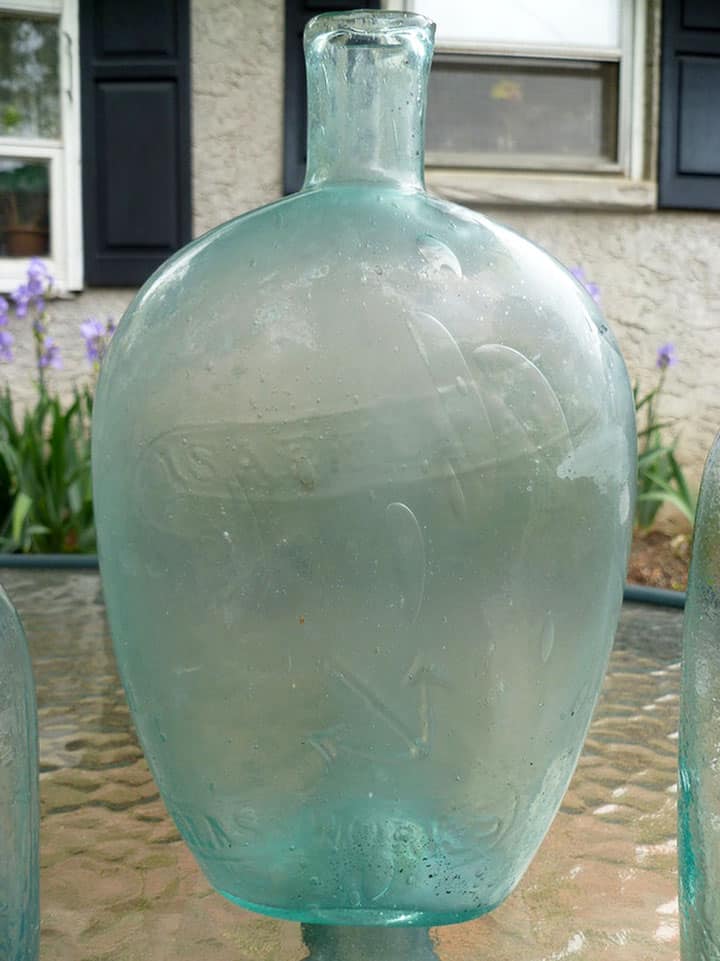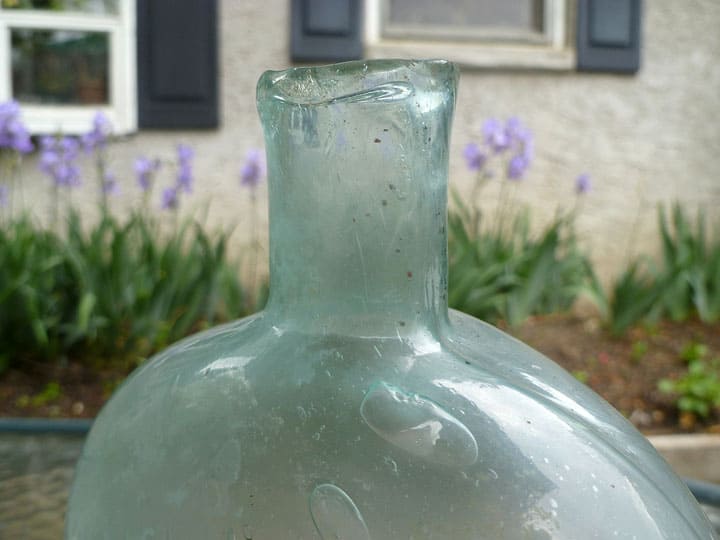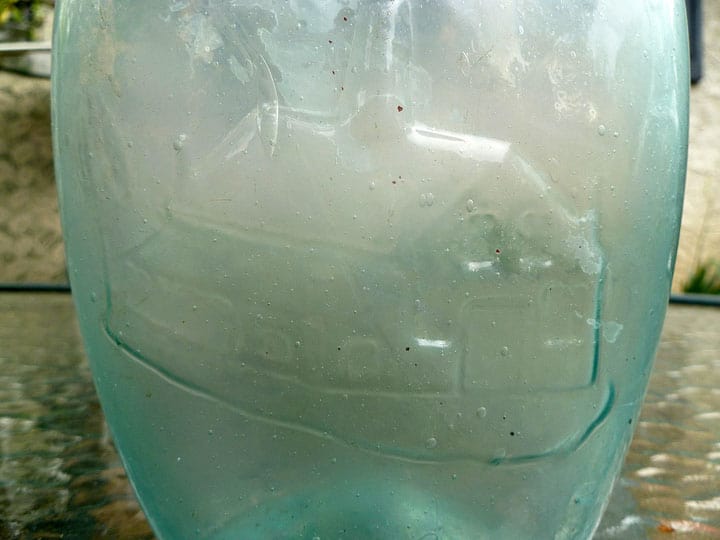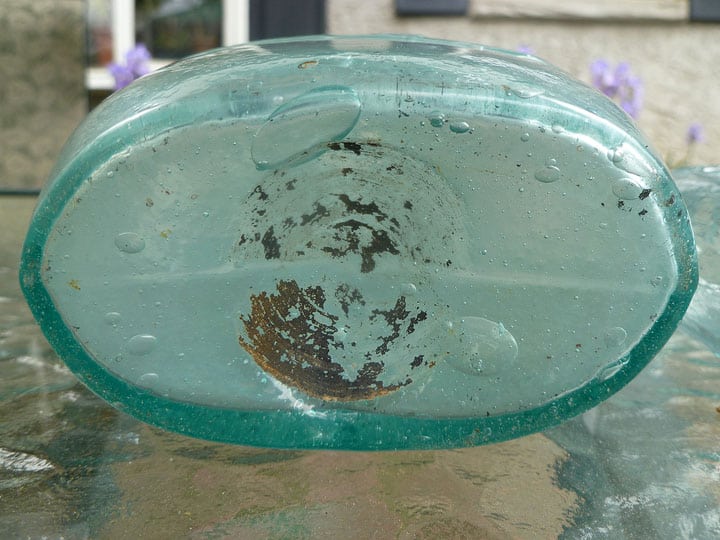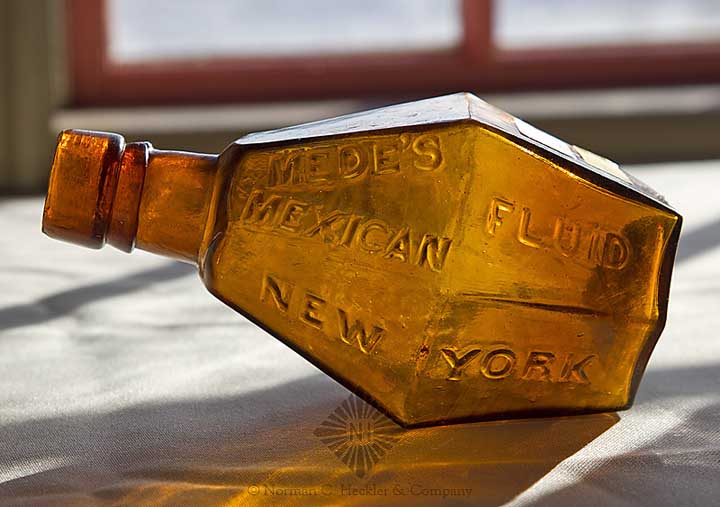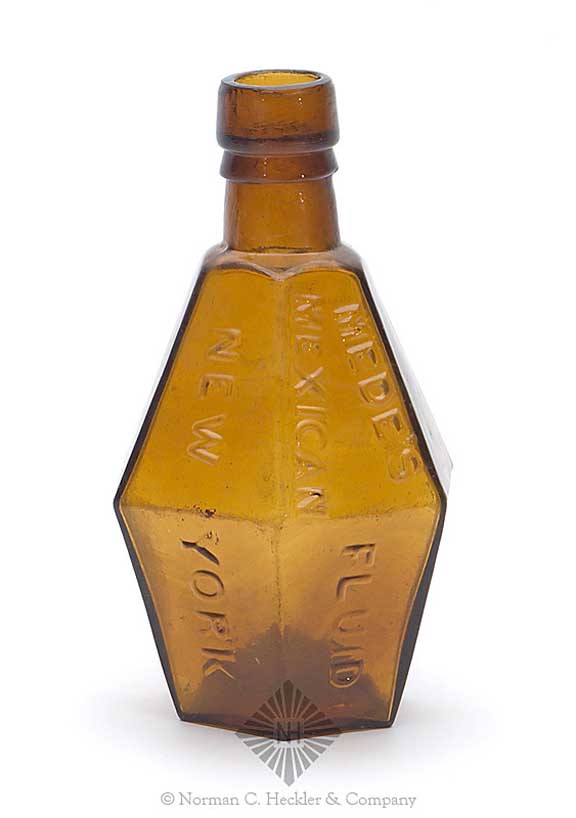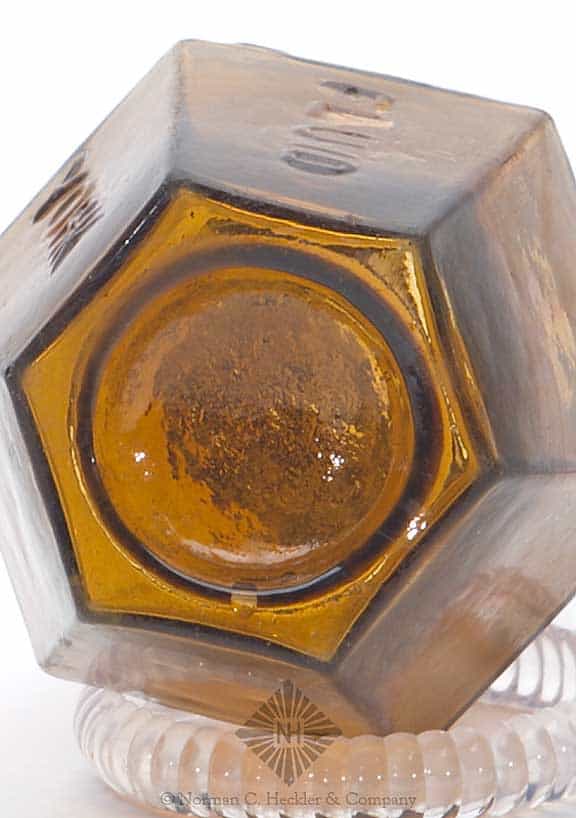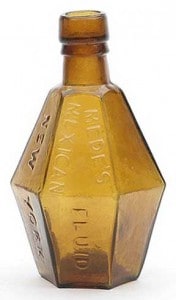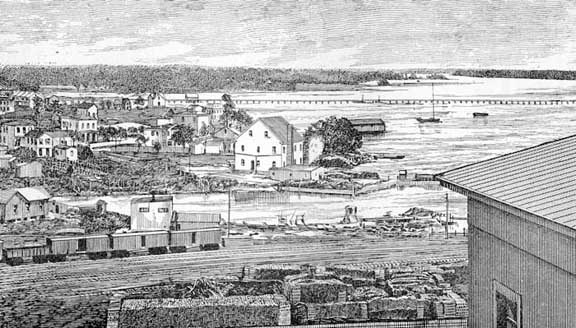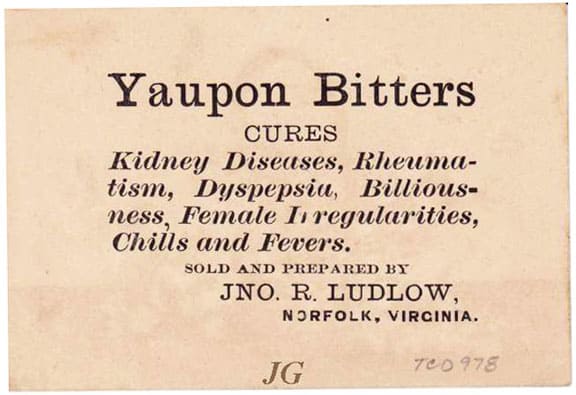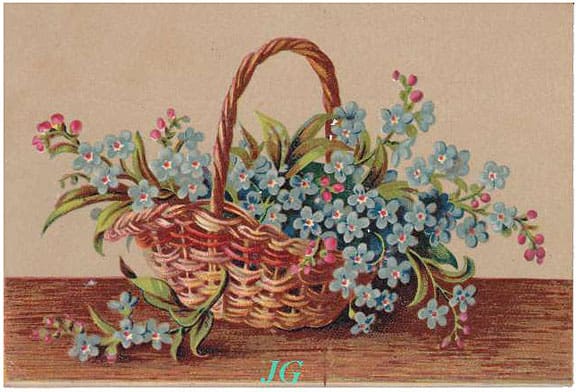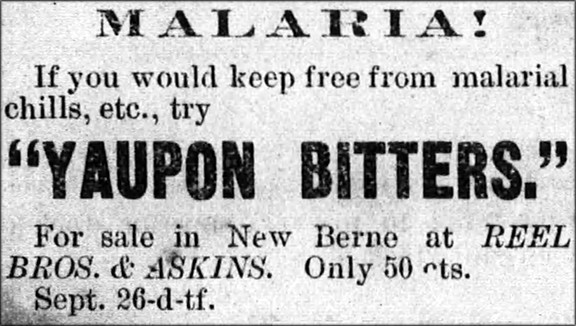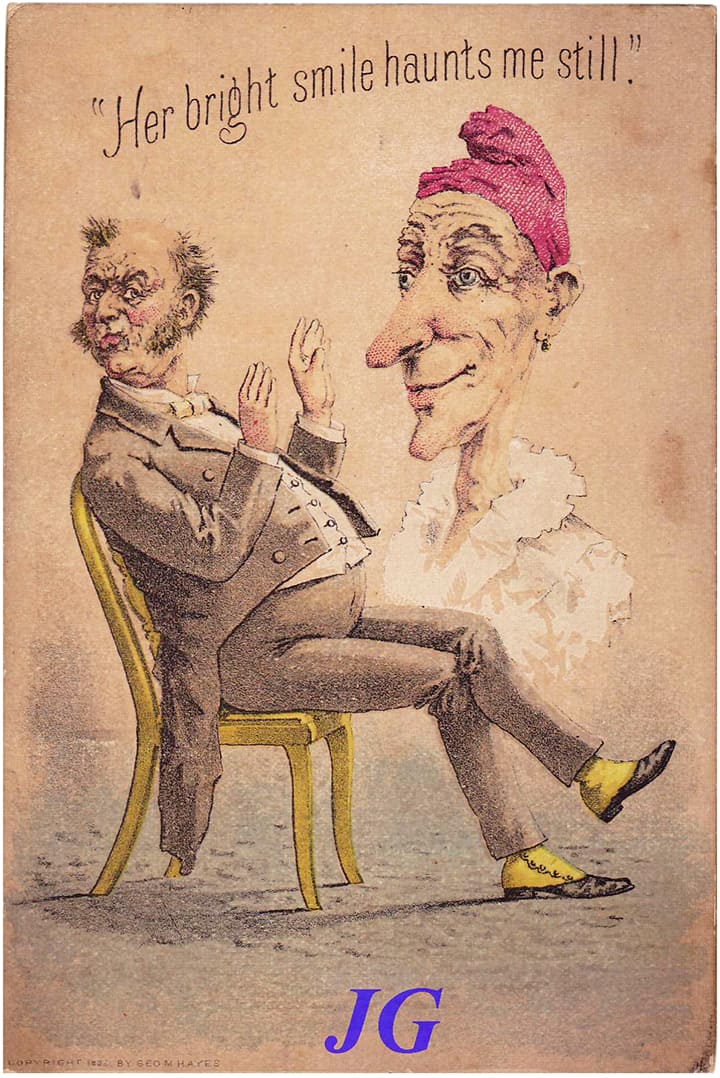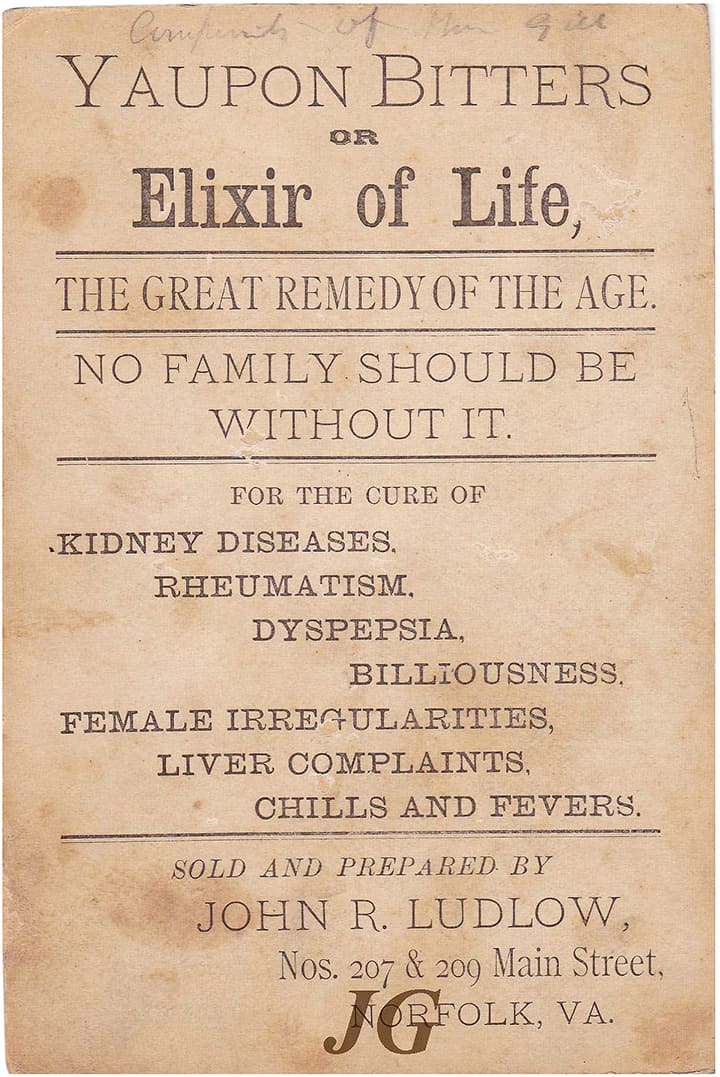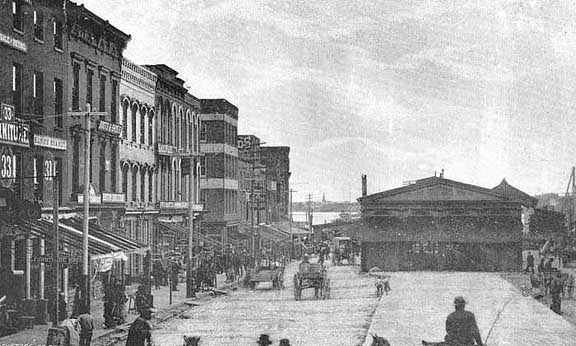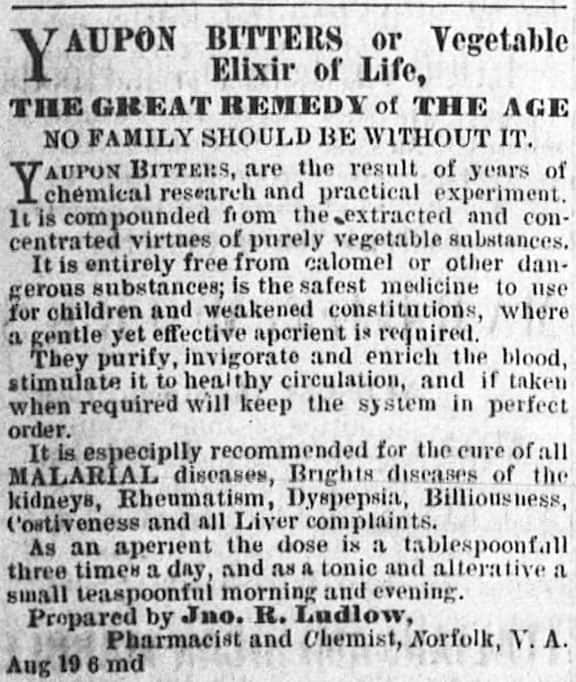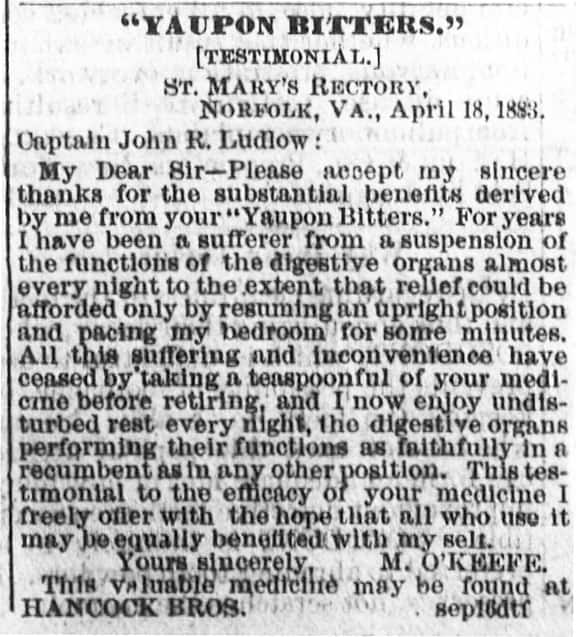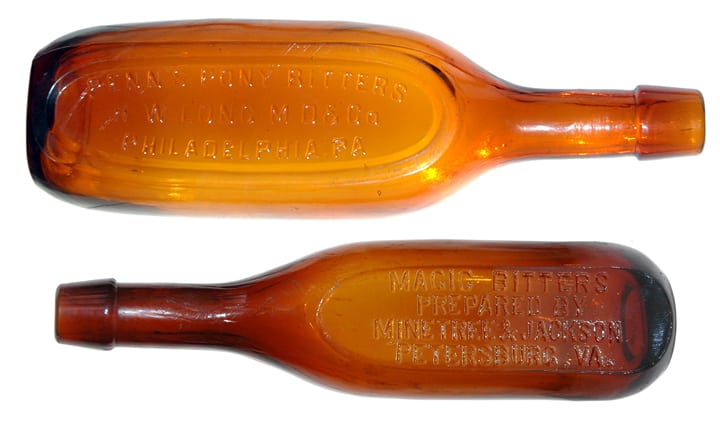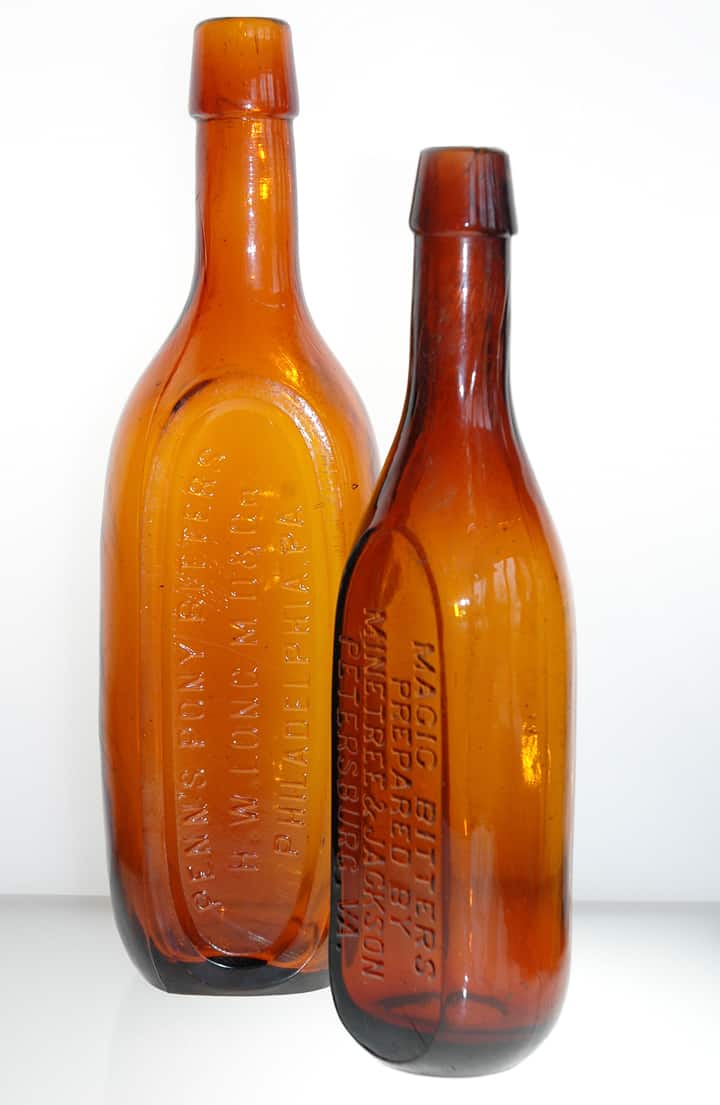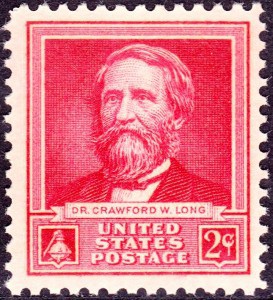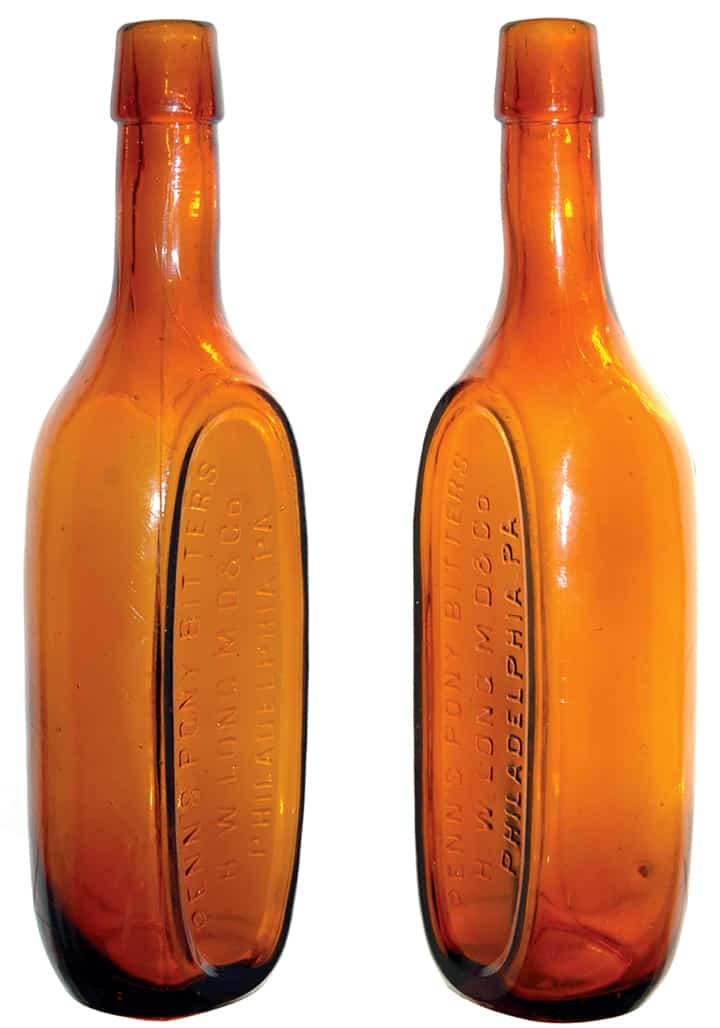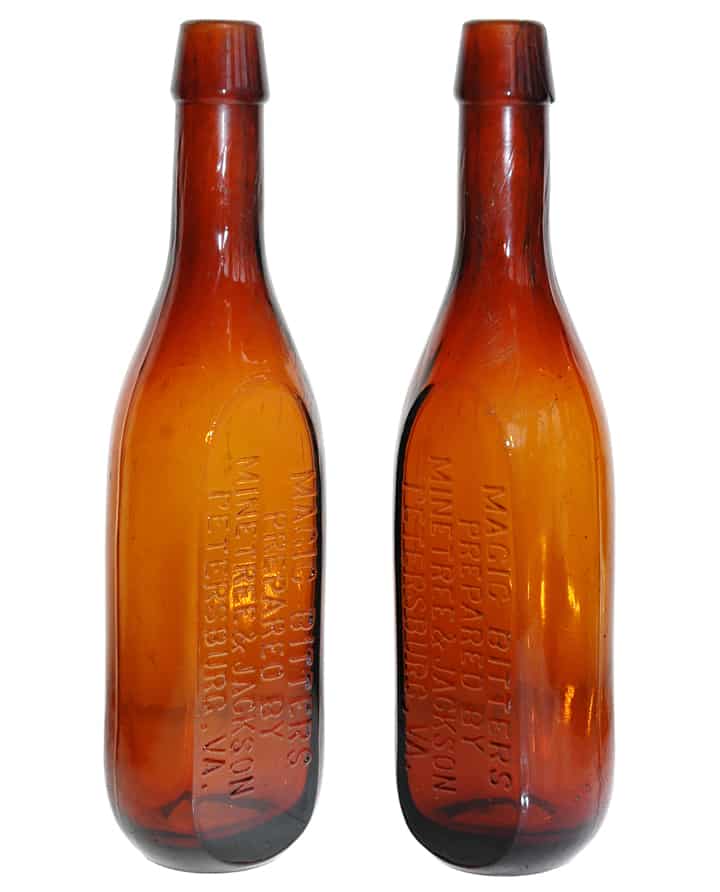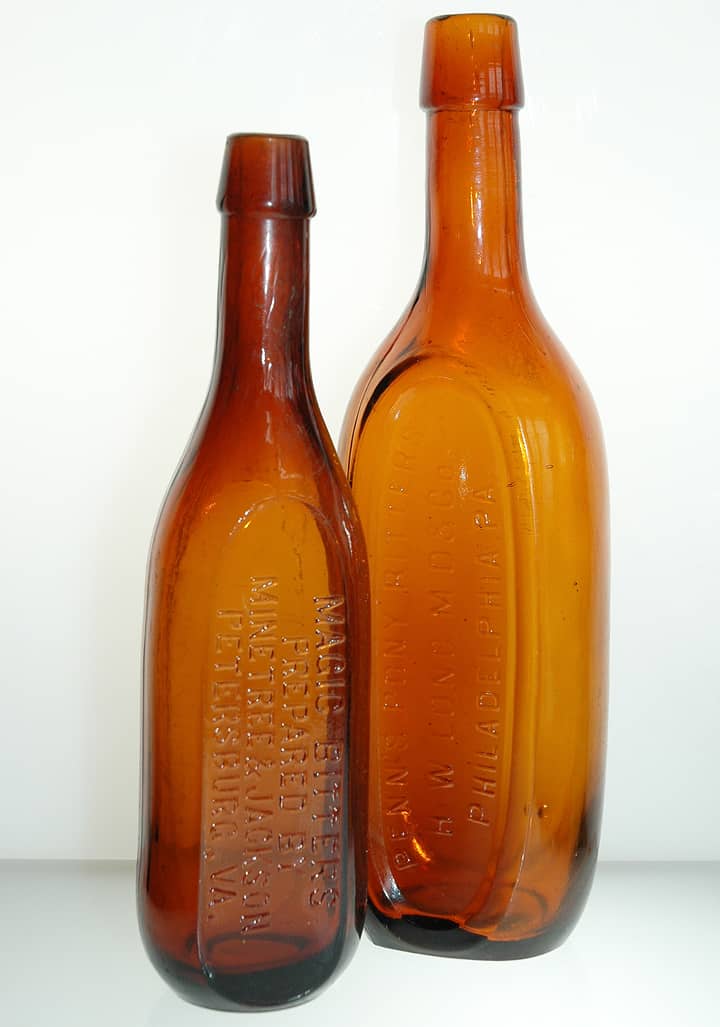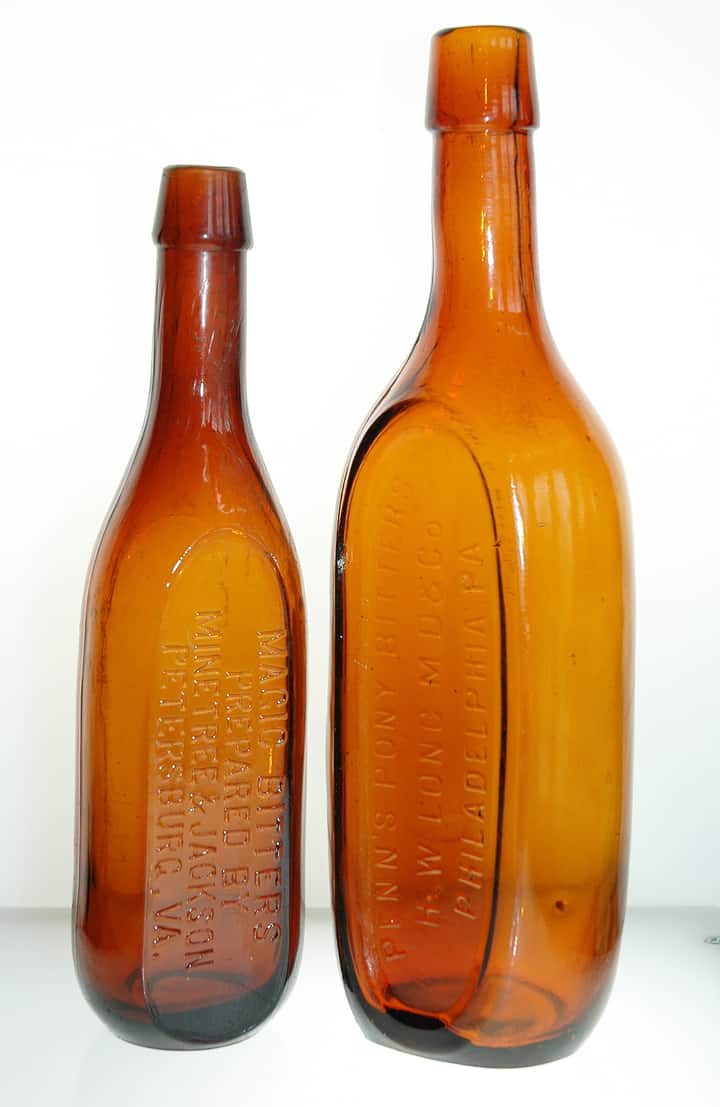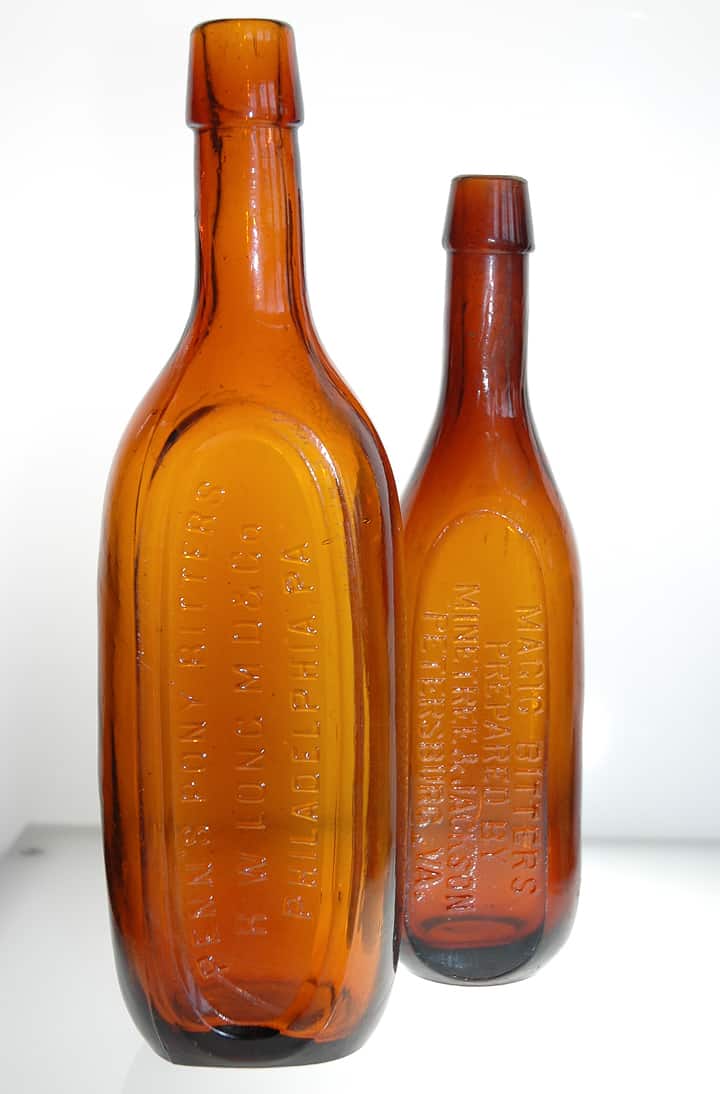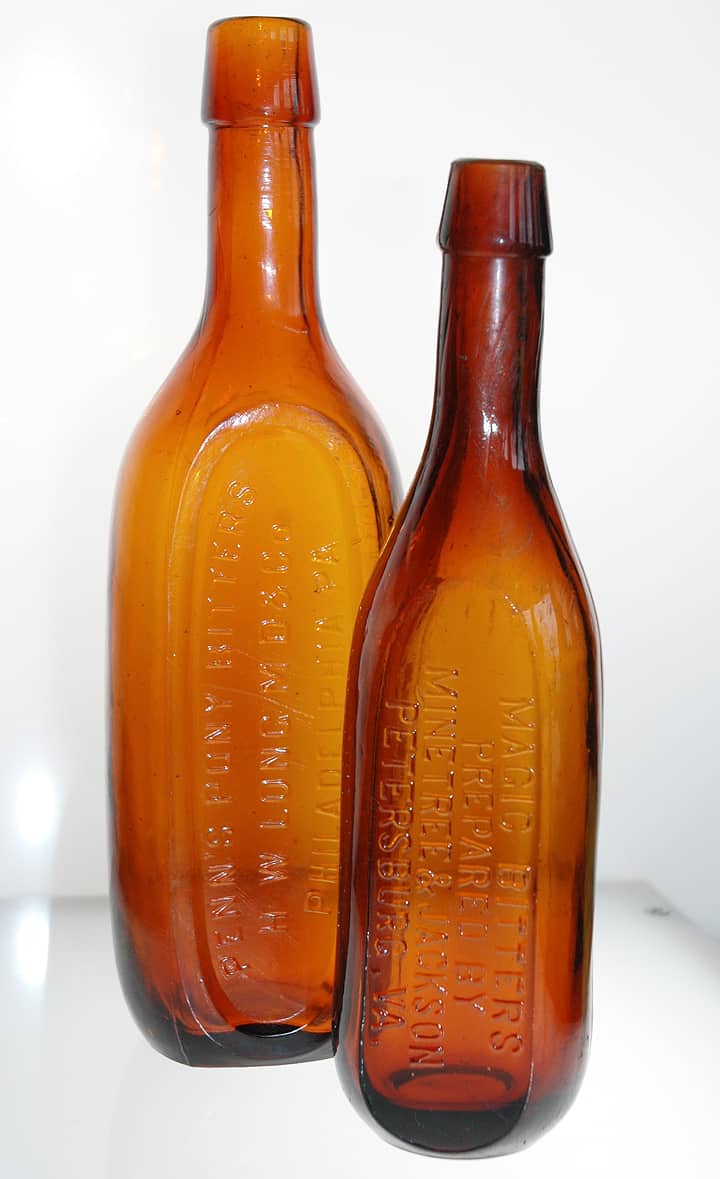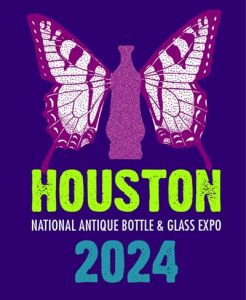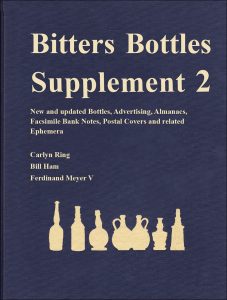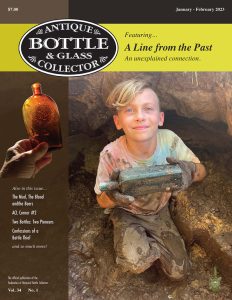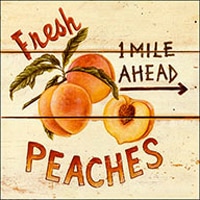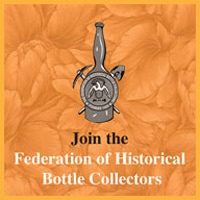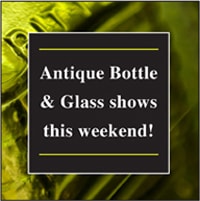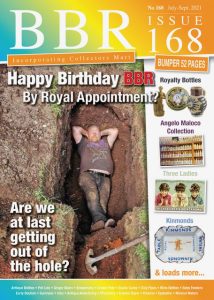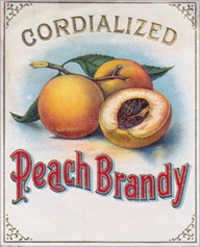Dr. Allen’s Stomach Bitters – Pittsburgh
16 March 2014 (R•031714)
![]() Glass Works Auctions, in their “Winter Be Gone” Catalog Auction 101, presently online, has a nice example of a Dr. Allen’s Stomach Bitters from Pittsburgh, Pennsylvania. The bottle reminds me of a Dr. Henley’s IXL Bitters. Yesterday I was laying out Part 2 of the Dr. Henley’s Royal Palm Gin article for Bottles and Extras and was again wondering why the bottles were so similar. The picture above, from the author, Steve Hubbell and Eric McGuire, will be featured. Anyway, I thought I would pull out my Dr. Allen’s example and see if I can find out who Dr. Allen was and if there was a relationship with Dr. Henley.
Glass Works Auctions, in their “Winter Be Gone” Catalog Auction 101, presently online, has a nice example of a Dr. Allen’s Stomach Bitters from Pittsburgh, Pennsylvania. The bottle reminds me of a Dr. Henley’s IXL Bitters. Yesterday I was laying out Part 2 of the Dr. Henley’s Royal Palm Gin article for Bottles and Extras and was again wondering why the bottles were so similar. The picture above, from the author, Steve Hubbell and Eric McGuire, will be featured. Anyway, I thought I would pull out my Dr. Allen’s example and see if I can find out who Dr. Allen was and if there was a relationship with Dr. Henley.
Anyway, I thought I would pull out my Dr. Allen’s example and see if I can find out who Dr. Allen was and if there was a relationship with Dr. Henley.
Bottle Similarities
Bitters collectors are aware of the the similarities between the Dr. Allen’s Stomach Bitters and the Dr. Henley’s IXL Bitters. The bottle shape, size, appearance and applied ring on the mouth are virtually the same. The typography is basically the same with many of the characters matching as you can see by comparing various detail images below. Portions of the embossed name are also arched and the bottle glass looks very similar. Notice the treatment of the word “DR” with the under bar beneath the ‘R’. The Dr. Allen’s bottle however, only comes in the pale aqua. The Henley’s bottles come in some of the most exciting colors imaginable.
Eastern bottle authority Jeff Noordsy, quoting from his web site Jeff and Holly Noordsy, in a past sale of a Dr. Allen’s notes, “This rarely encountered Pittsburgh, PA bitters bottle is shaped very much like a Henley’s Wild Grape Root Bitters and I would be willing to hazard a guess that the two bottles were blown in the same Pittsburgh, PA glass house. With that said, the Allen’s is FAR less common than the Henley’s, with less than a handful of examples hitting the auction block over the past decade.”
According to western bitters authority Rick Simi, over at Western Bitters News, “One of the more popular bitters products of the western states, Dr. Henley’s Wild Grape Root IXL Bitters, was introduced to the public in 1868. L. Gross & Co. of San Francisco was the manufacturers and proprietors of Henley’s concoction of alcohol, wild grapes from Oregon and flavorings.” Rick further notes that Dr. Henley’s was a product of the Pacific Glass Works. In a stereoscopic view photo taken at the 1869 San Francisco Mechanics Institute Fair of their glassware exhibit, an example was identified by magnification, and was able to read a portion of the embossing on the bottle.
PIRATES SAIL UNDER FALSE COLORS!
Notice that L. Gross & Co., manufacturers and sole proprietors were posting advertisements in San Francisco in 1869 (see below) warning of numerous imitators of the Dr. Henley’s Wild Grape Root IXL Bitters. “Pirates Sail Under False Colors!” I suppose this was prophetic as a mold maker in Pittsburgh would copy the bottle in a few short years.
Stephen Hubbell and Eric McGuire in their benchmark and comprehensive Dr. Henley’s Royal Palm Gin article, note the following, “The combination of relatively rapid and safe transport, as well as new capital, enabled the newly formed H. Epstein & Co to market Dr. Henley’s Wild Grape Bitters throughout the Western United States and even to Australia. At the same time, another product was made available specifically for consumers east of The Rockies (e.g. Midwest and South) called Dr. Henley’s California IXL Bitters. This new product was simply the original Wild Grape Bitters with a new name designed to appeal to a more Eastern market. To efficiently sell this product a new depot and manufacturing facility was set up in Chicago, Illinois under L. Gross & Co. with, of course, Louis Gross as head of the company.” Steve and Eric go on and say, “Louis Gross had used another Pittsburgh glass house to manufacture Dr. Henley’s California and Wild Grape Root IXL Bitters.”
Read More: Dr. Henley’s Wild Grape Root IXL Bitters ‘Showdown’
Dr. Allen’s Stomach Bitters
In Bitters Bottles by Carlyn Ring and W.C Ham, the listing for the Dr. Allen’s is as follows:
A 31 DR. ALLEN’S STOMACH BITTERS
DR. ALLEN’S ( au ) STOMACH BITTERS / PITTSBURGH / PA // c //
12 1/4 x 3 1/4 (6 7/8)
Round, Aqua, ARM, Applied mouth, Rare
The listing in the Glass Works Auction (see their example above) reads as follows:
140. “DR. ALLEN’S / STOMACH BITTERS / PITTSBURGH / PA.”, (Ring/Ham, A-31), Pennsylvania, ca. 1870 – 1880, bluish aqua, 12 1/4”h, smooth base, applied ring mouth. A rare bitters in near perfect condition.
Who is Dr. Allen?
This is where it gets a little tricky. Searching for the name ‘Allen’ in Pittsburgh around 1870 is problematic as the last name “Allen” was fairly common. Looking at various Pittsburgh directories including 1839, 1841, 1860, 1862, 1864, 1865, 1866, 1870, 1873, 1874, 1877, 1882 and 1887 reveal a few possible targets.
Ricketson & Allen, wholesale and retail grocers and dealers in oils and candles, c Liberty and St Clair and Wood b Front and Second. 1839 – 1841
William B. Allen, grocer, h & s cor Webster and Roberts, 1860 – 1873, Directories of Pittsburg and Allegheny Cities
Robert L. Allen, produce and liquor merchant, 6 Wood, Pittsburgh, Pennsylvania City Directory 1862 – 1865
Alexander Allen, Physician (and surgeon), Grant & Sherman, Millvale bor, 1887, student in 1870. Alexander Allen, tavern, 7 Penn, 1862, 1882: Alexander Allen, salesman, 58 Chatham 1873 – 1887, Pittsburgh, Pennsylvania City Directory
William R. Allen, grocer, 287 Webster ave., 1874
A. T. Allen, grocer, 1879
Joseph Allen from Germany living in Pittsburgh (age 28), Saloon Keeper, 1880 United States Federal Census
Peter Allen from Germany living in Pittsburgh (age 29), Saloon, 1880 United States Federal Census
J. C. Allen, Merchant, from England living in Pittsburgh (age 50), 1880 United States Federal Census
William H. Allen, Analytical Chemist from Virginia living in Pittsburgh (age 20), 1880 United States Federal Census
Well, no smoking gun. I can only surmise that someone in Pittsburgh in the early 1870s (in earlier decades Pittsburgh was spelled Pittsburg by many), saw the Dr. Henley’s Wild Grape Root Bitters bottle and capitalized on the form and made the Dr. Allen’s Stomach Bitters. Probably for only a year or so. Was it William B. Allen the grocer? You didn’t have to be a doctor to create an illusion and story-name for a product. Was is Alexander Allen who was a physician and surgeon? He also worked in a tavern at one time. Was this his attempt to make some money on the side? Maybe they are related or it was someone else altogether? The ‘Allen’ web is complex. We’ll see if any of you readers have any more information.

